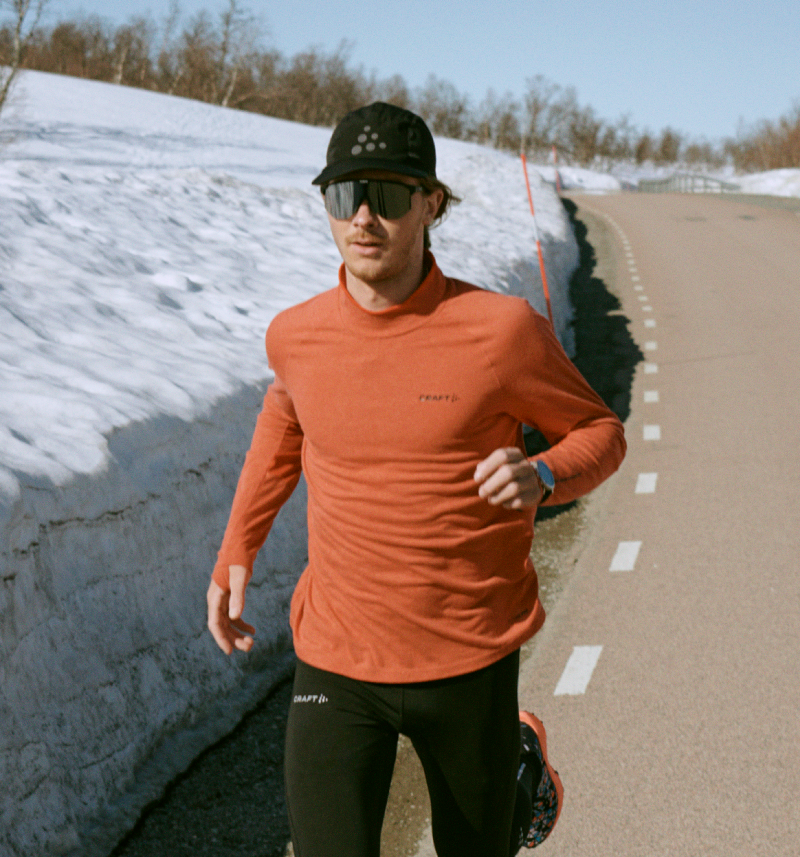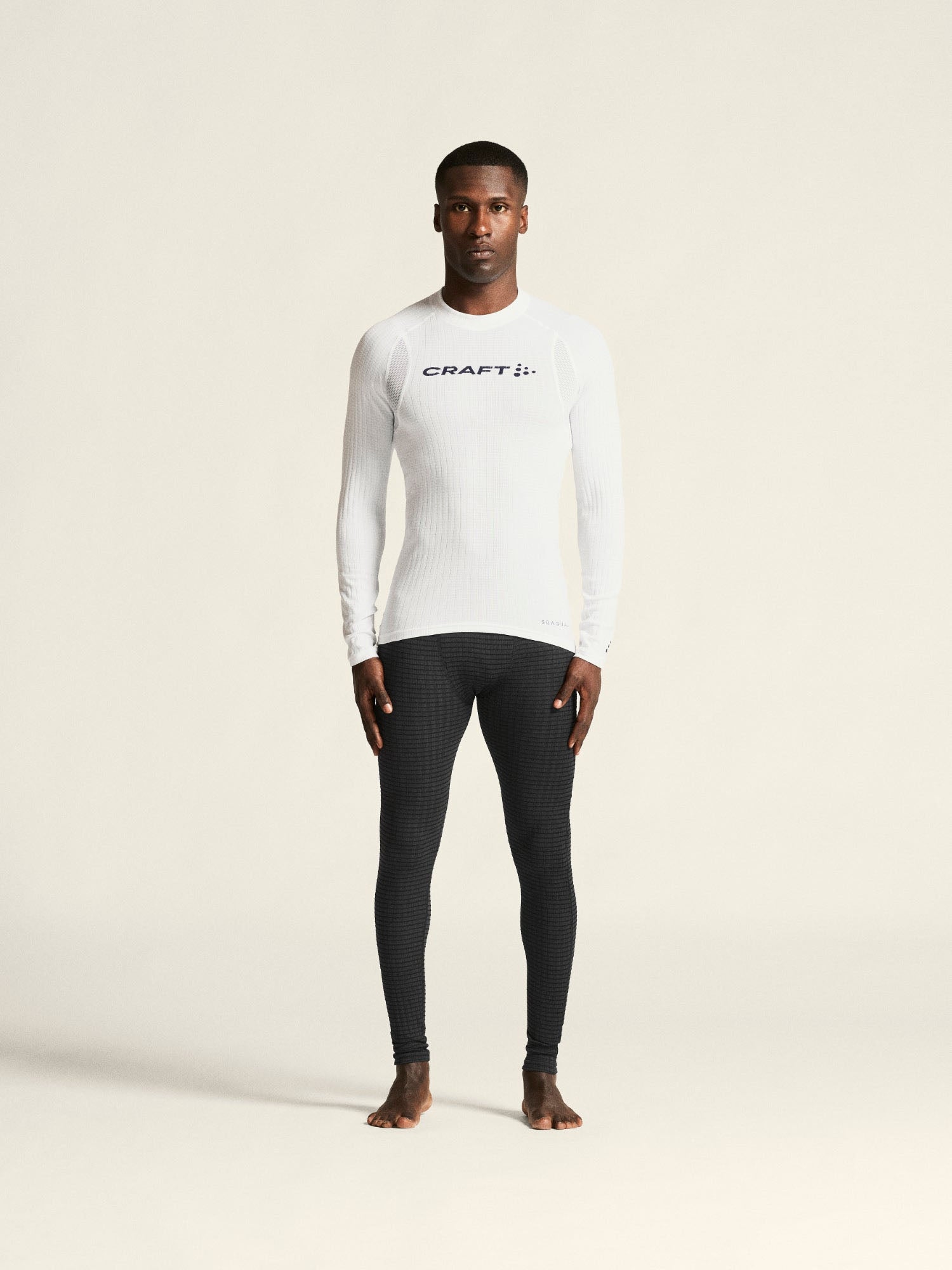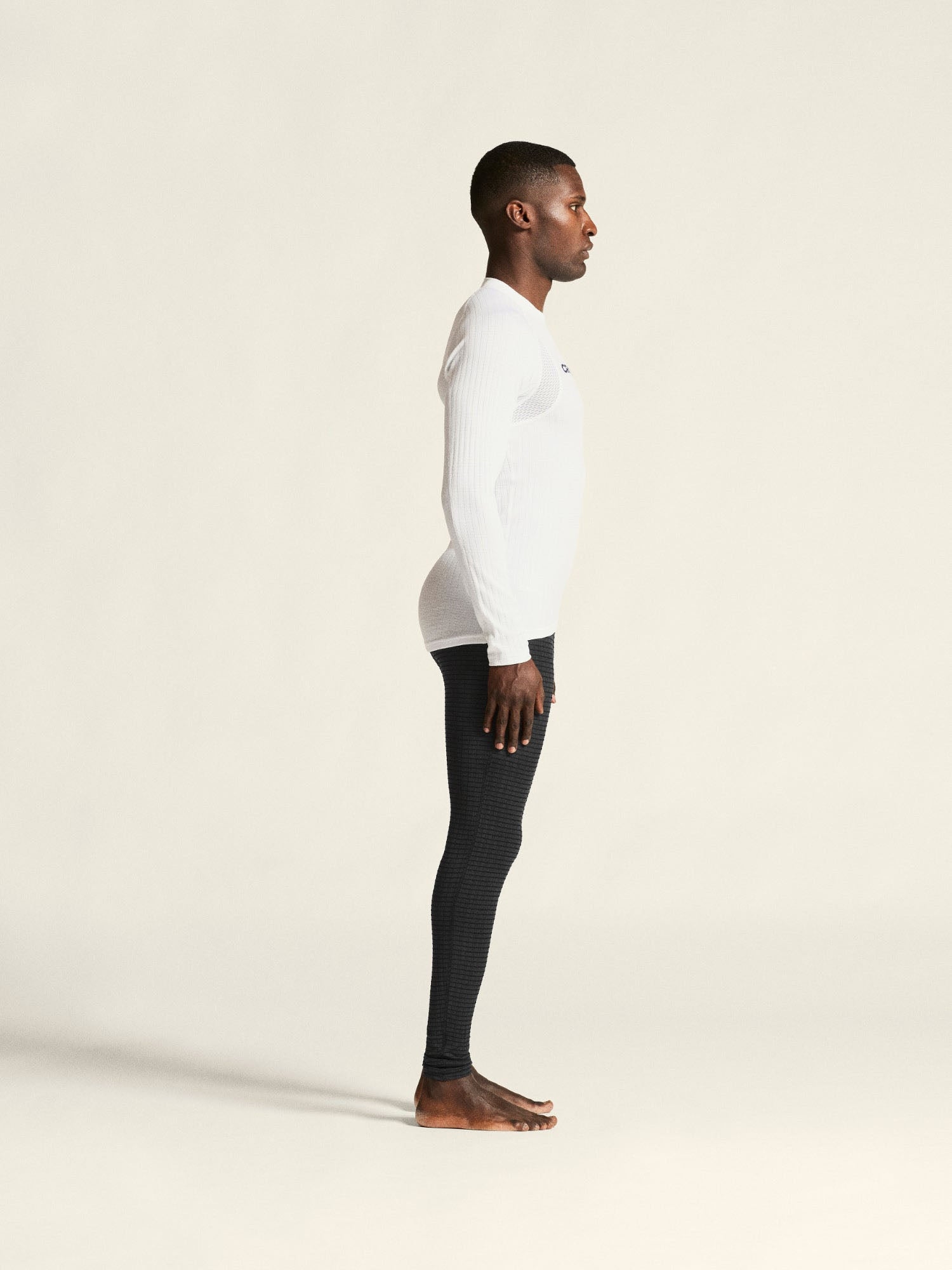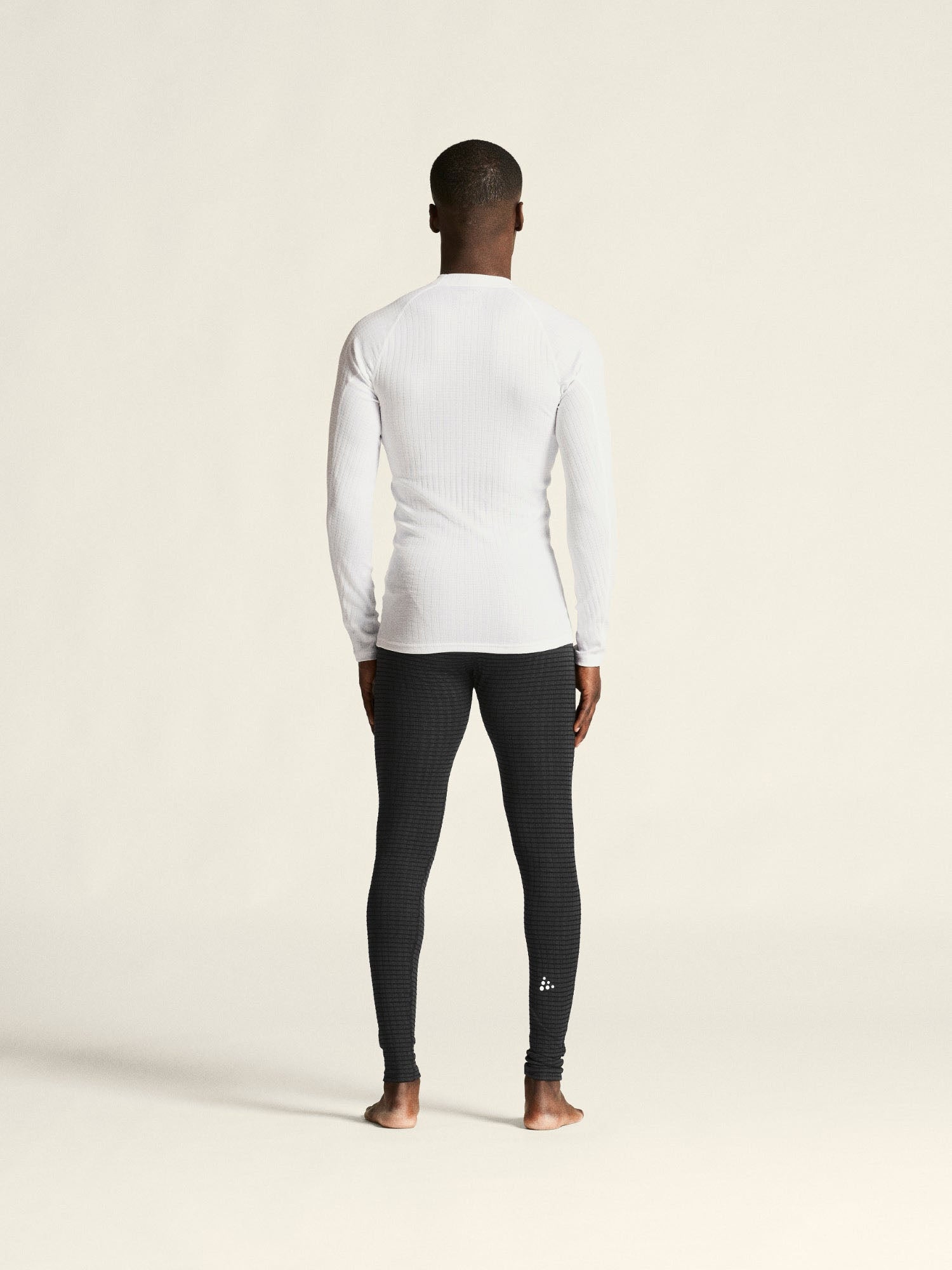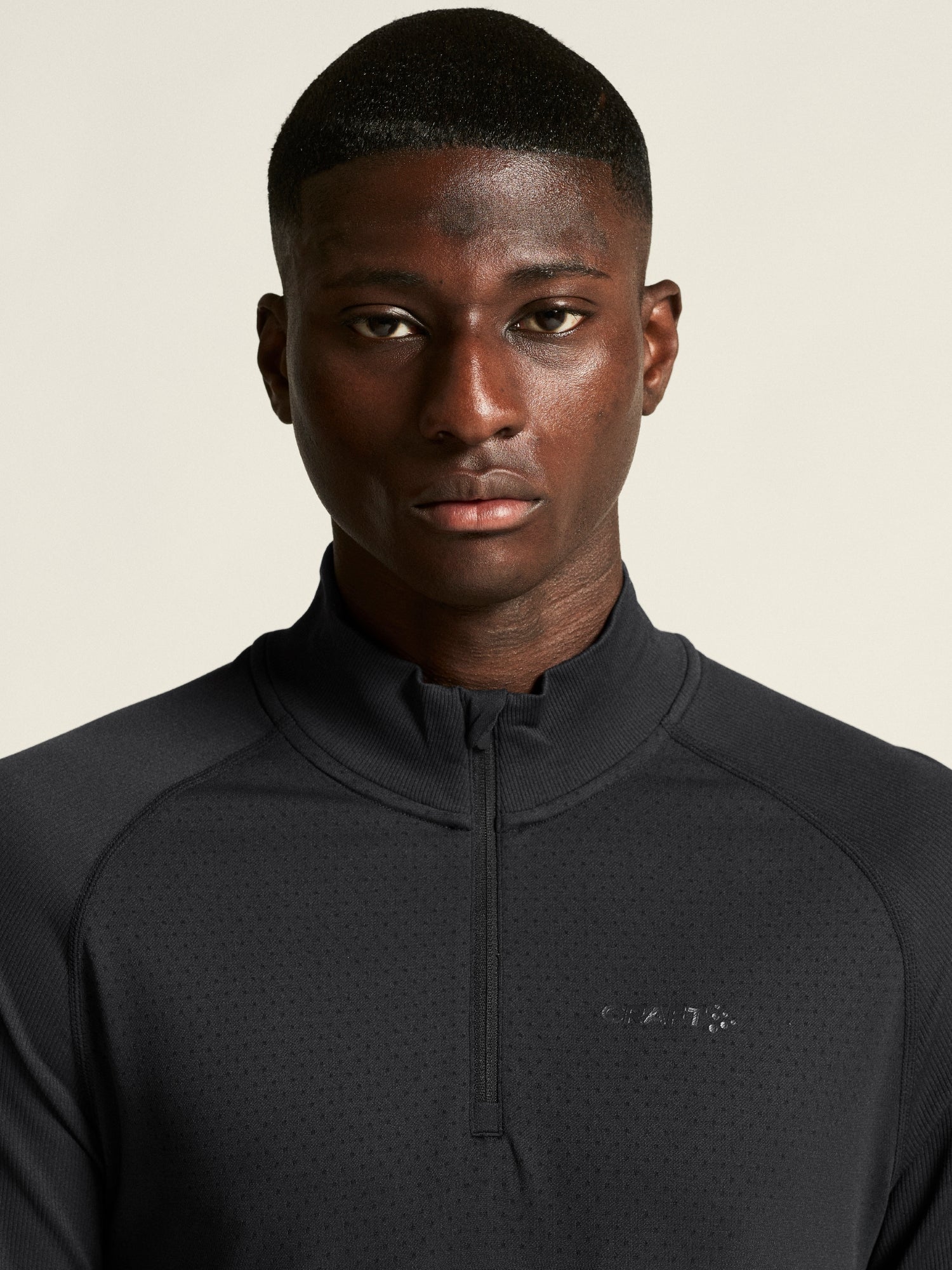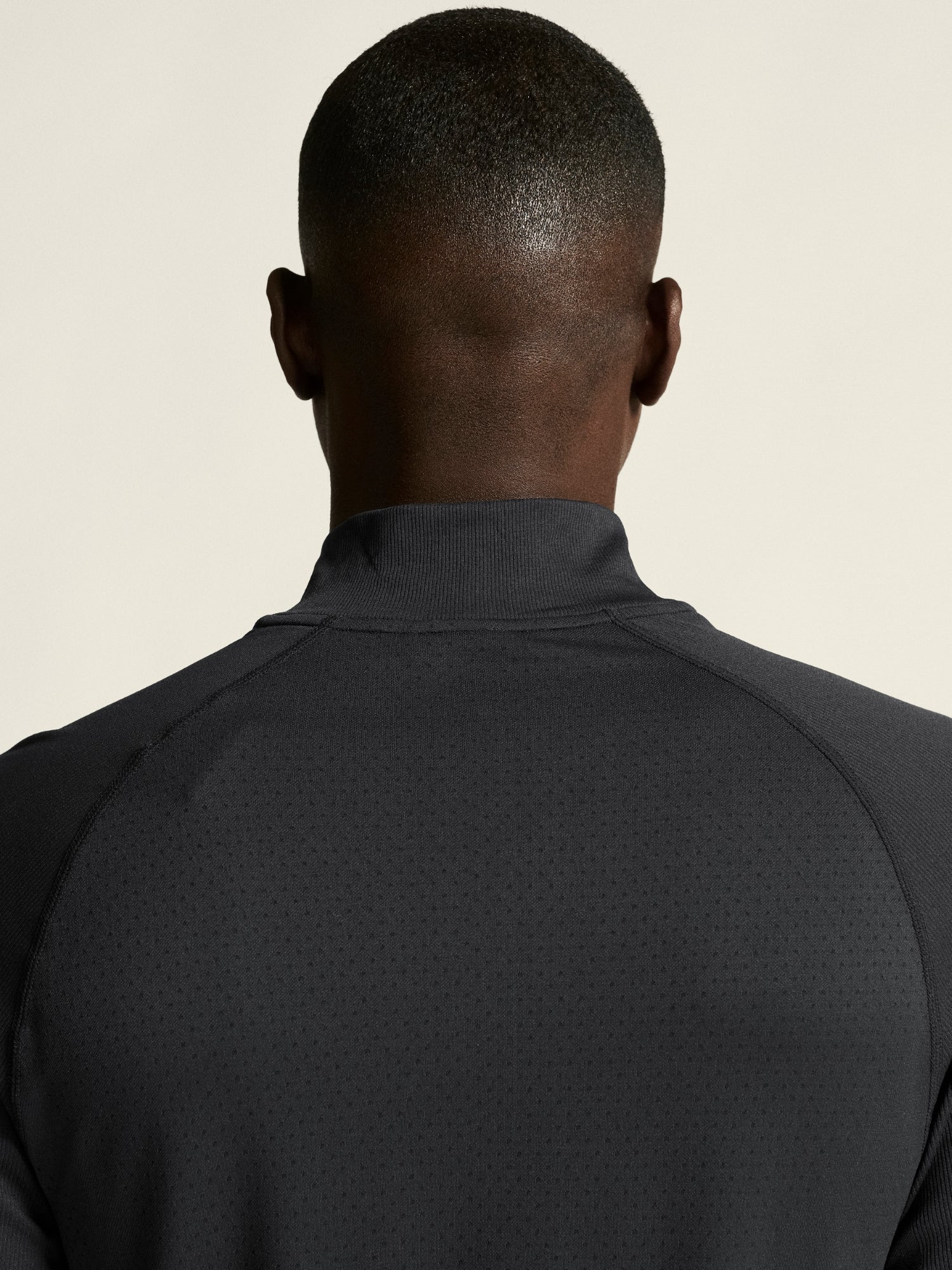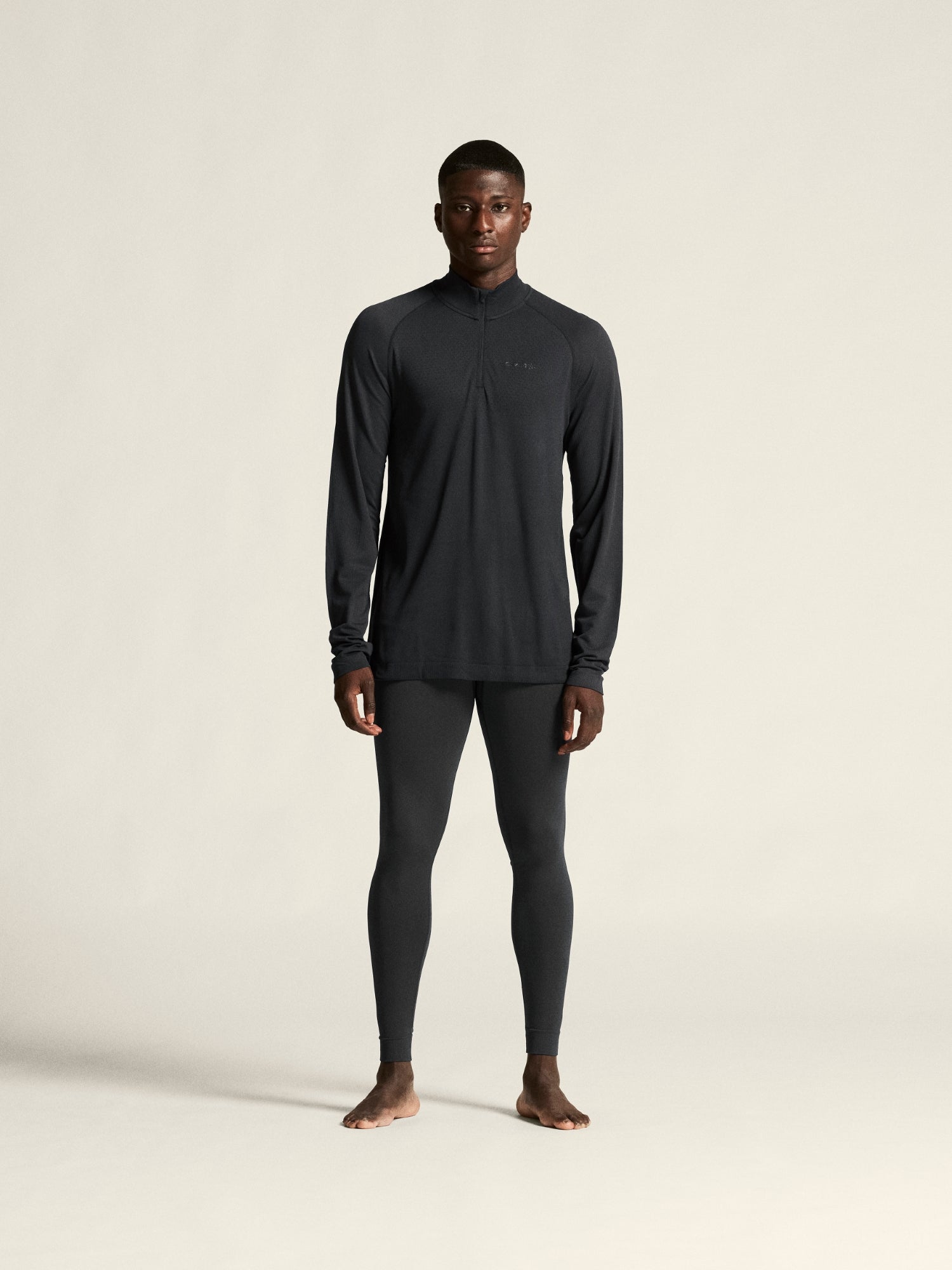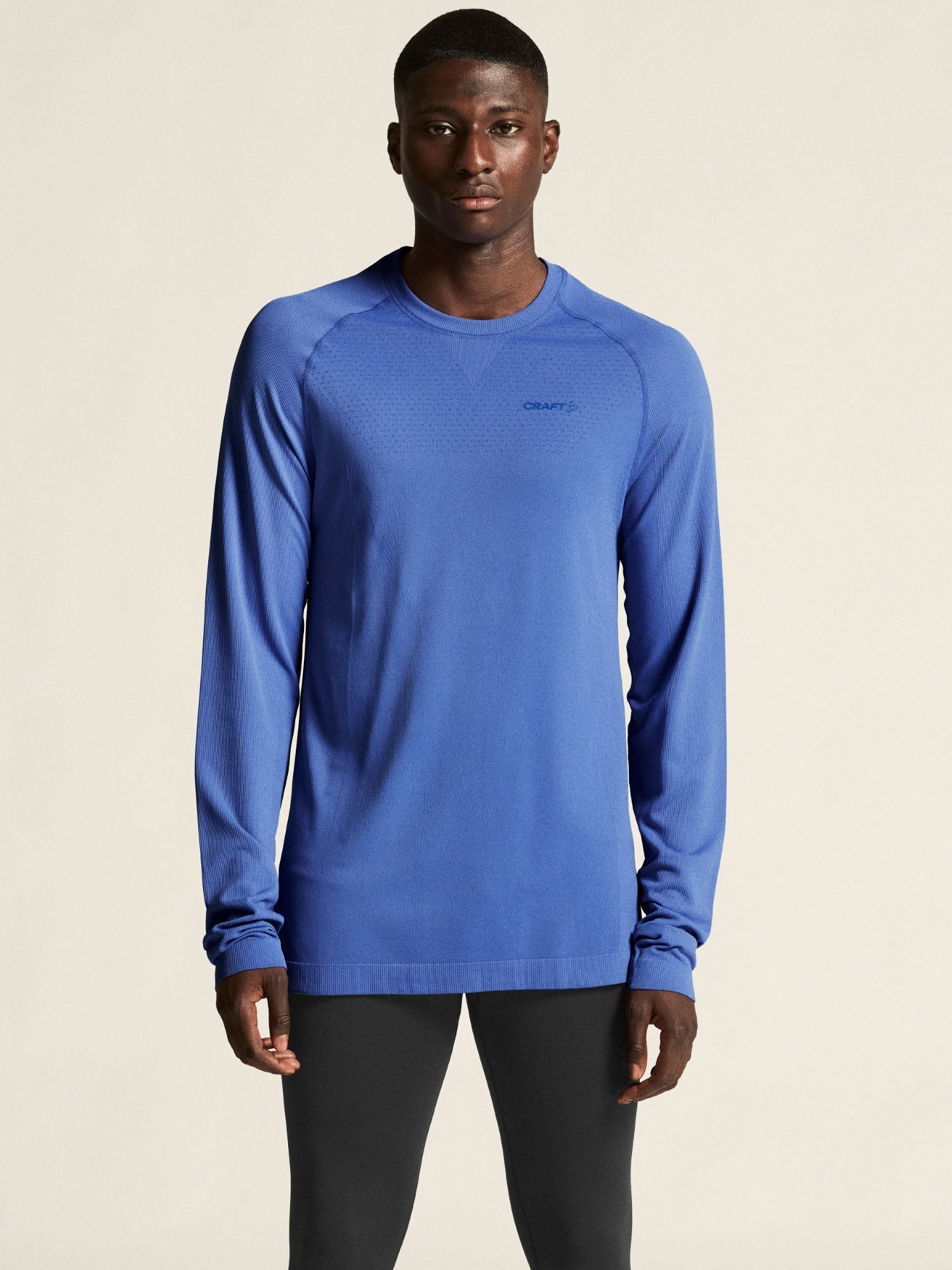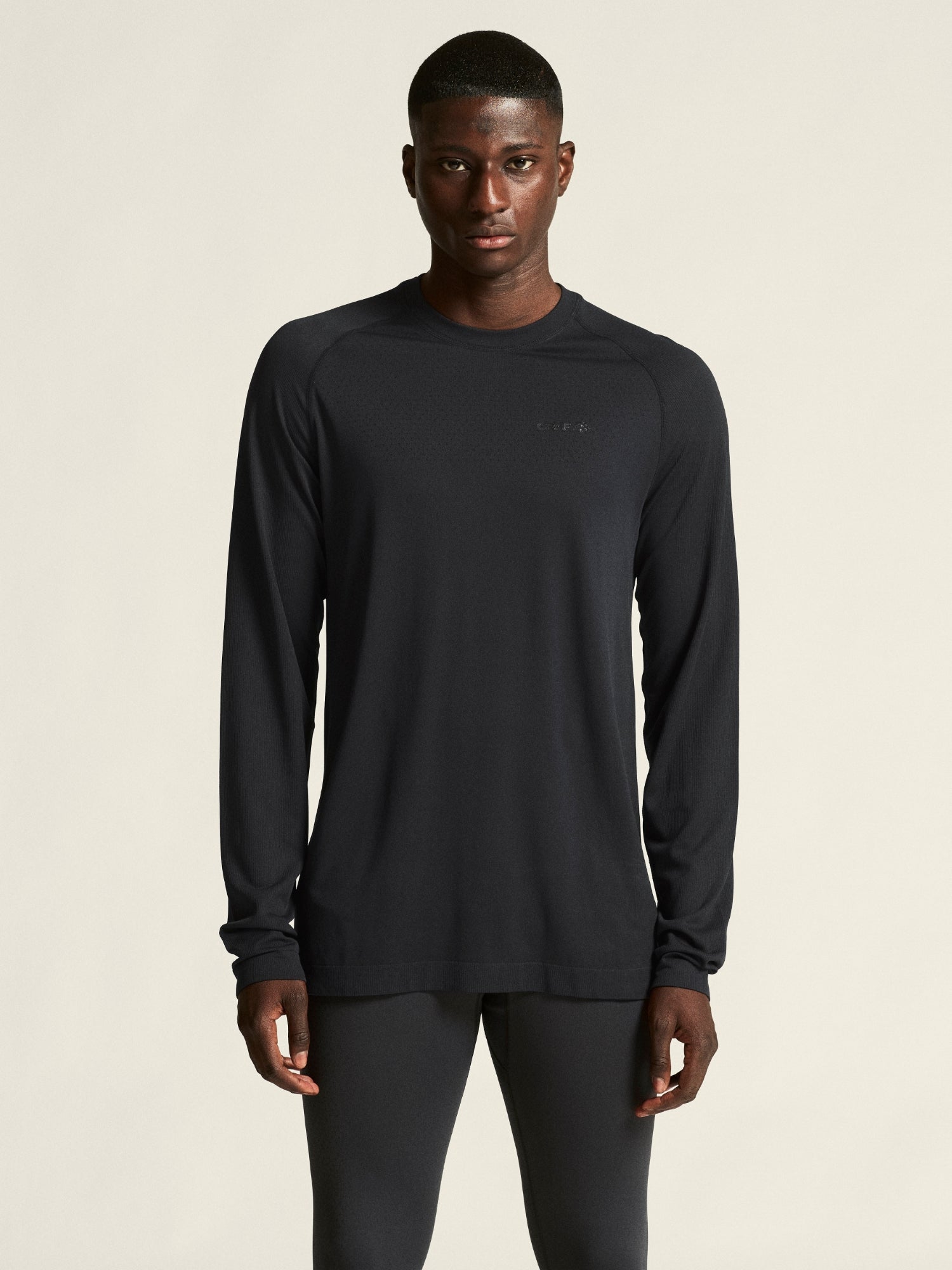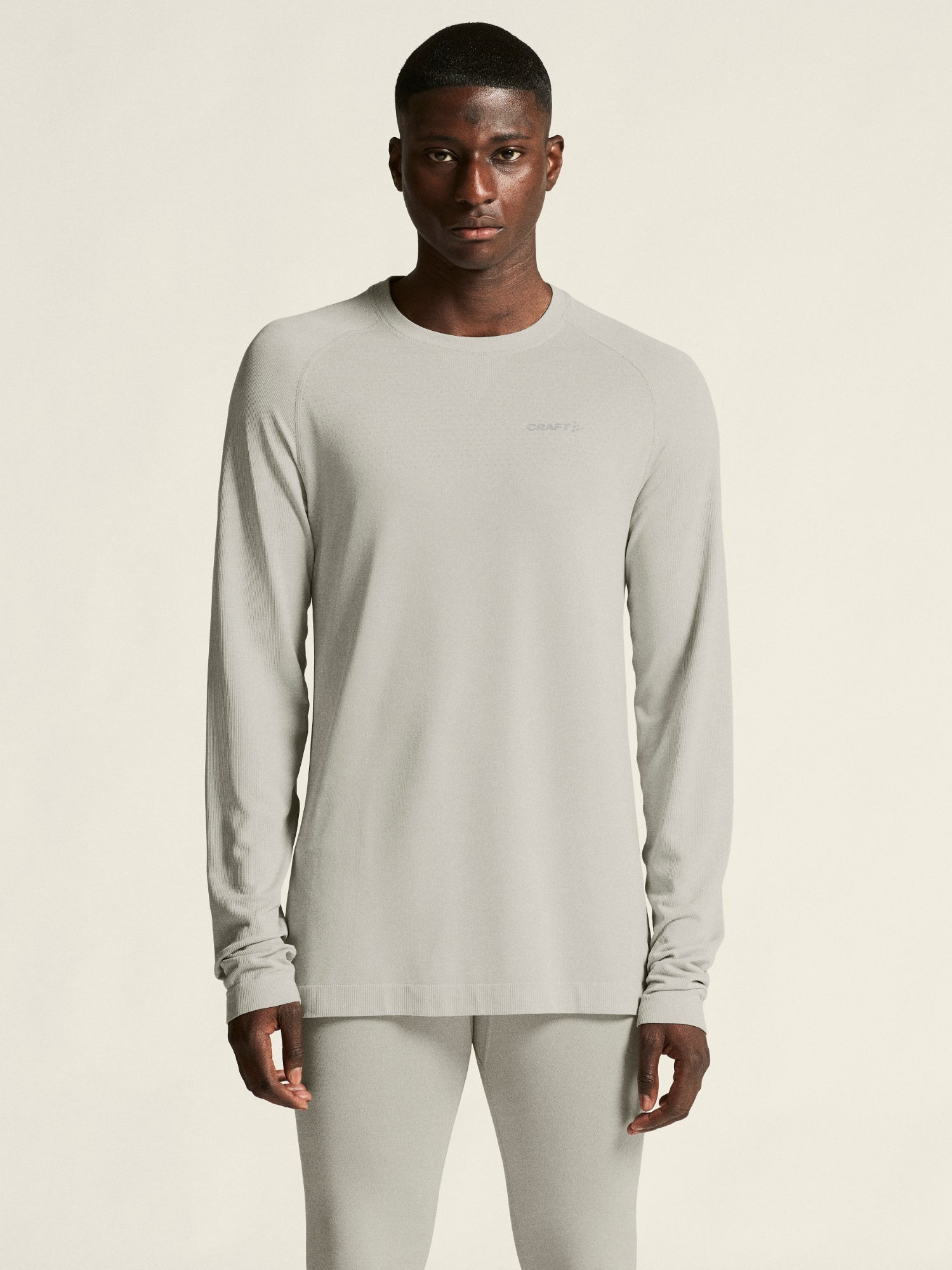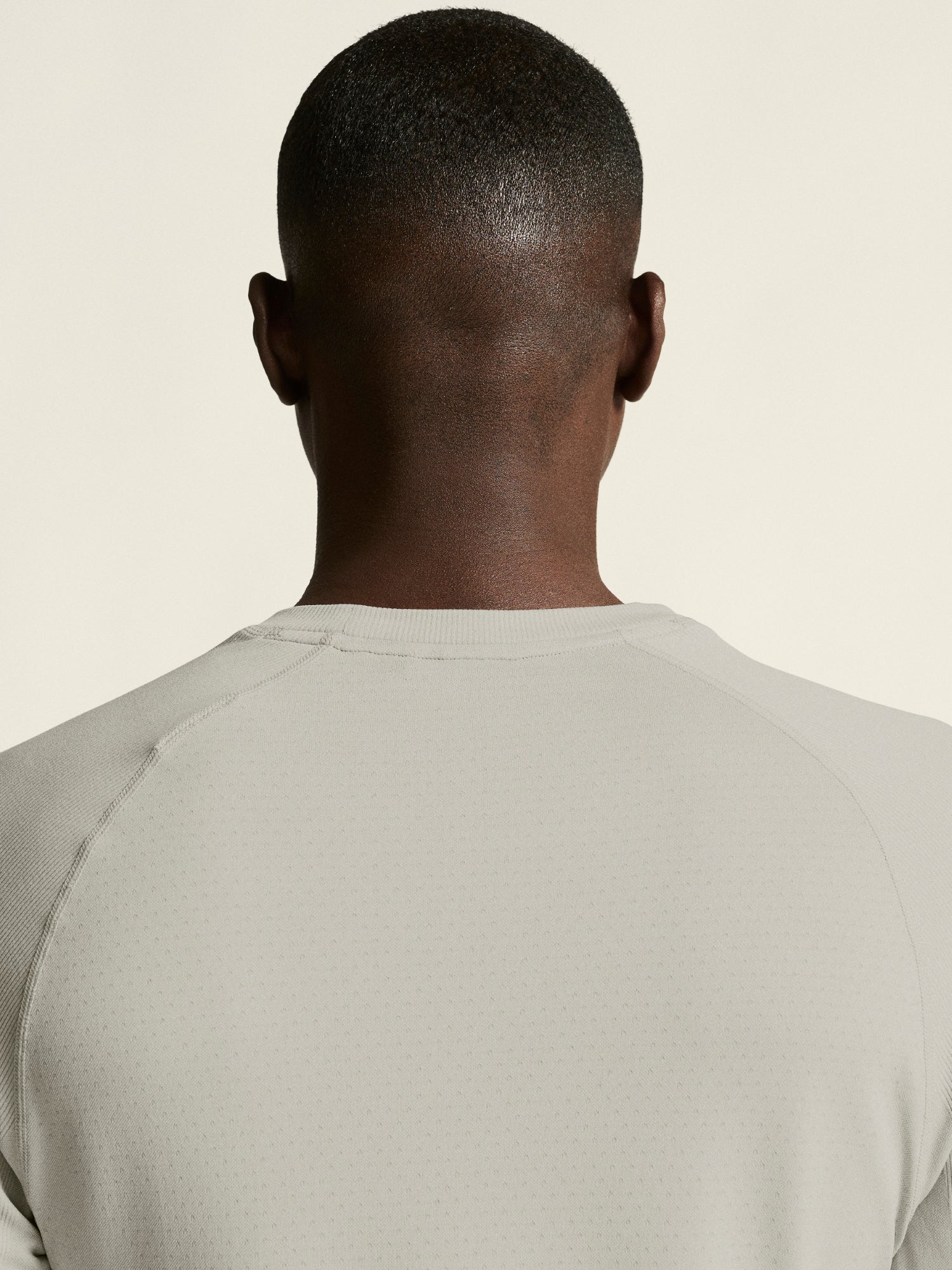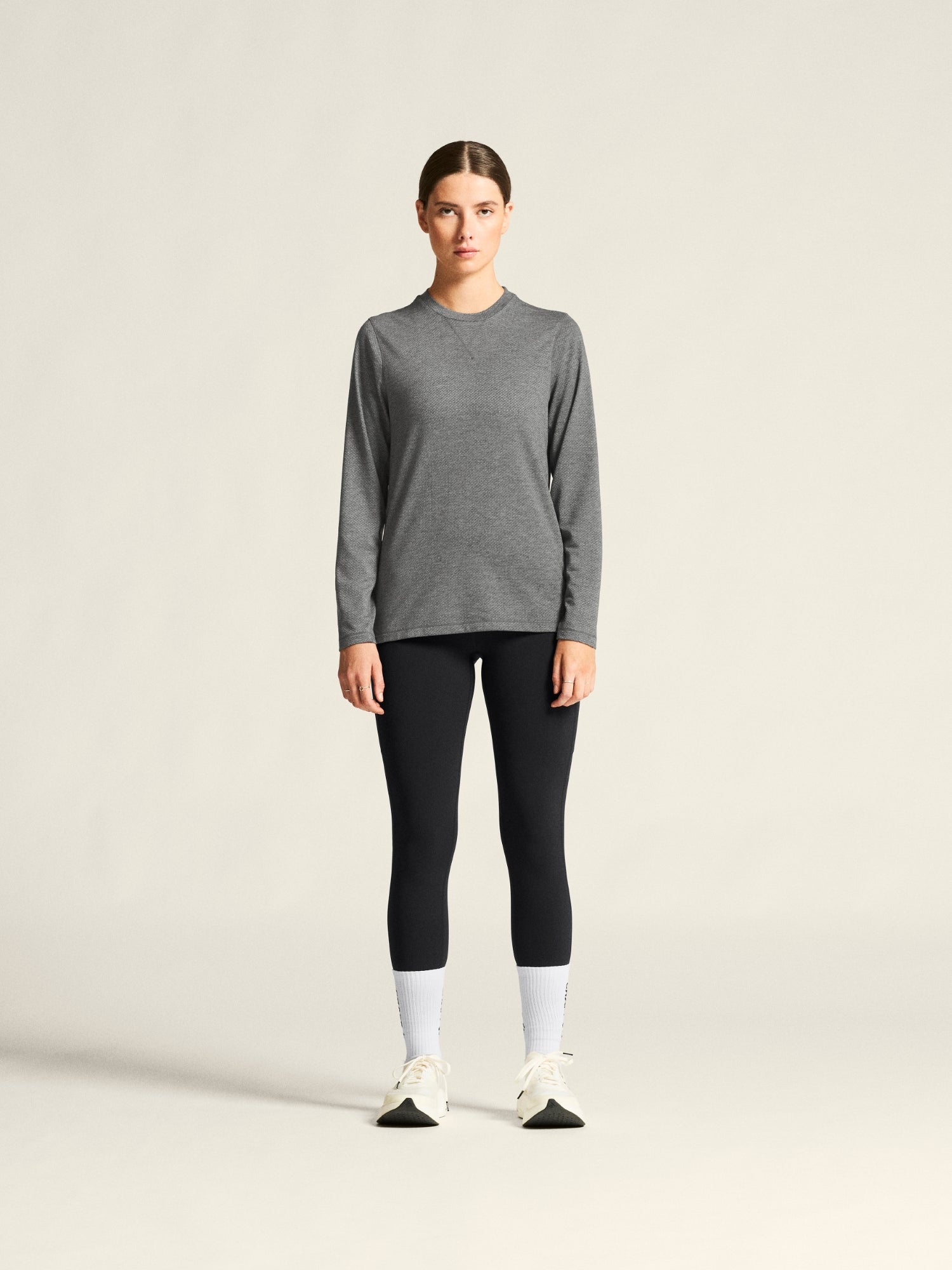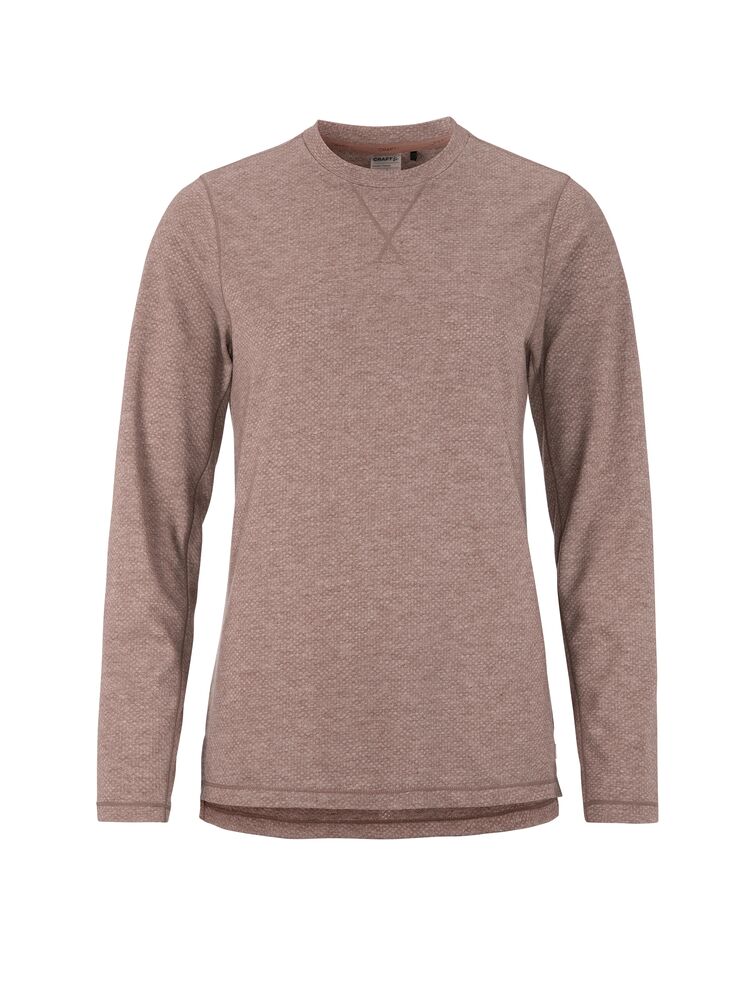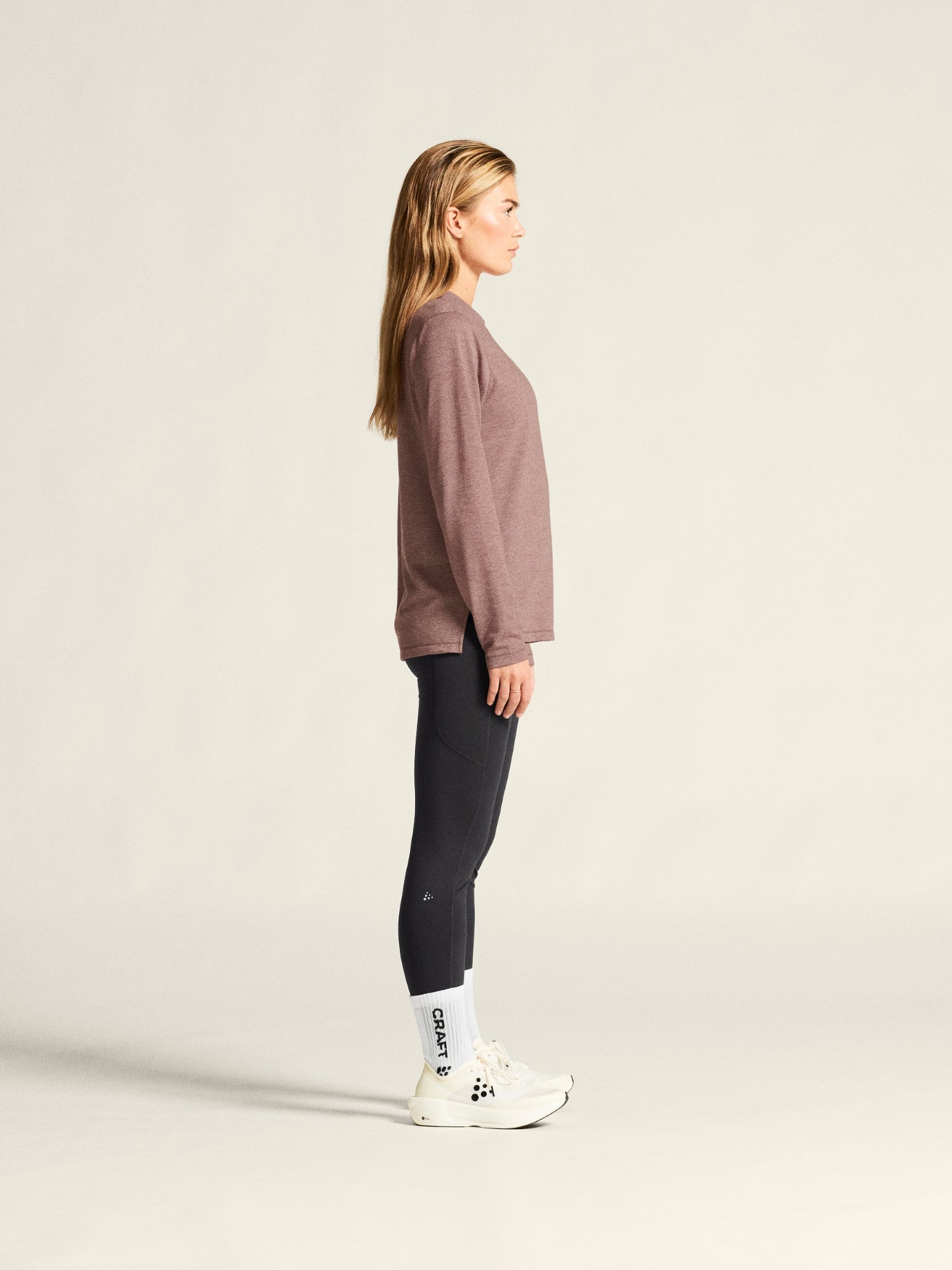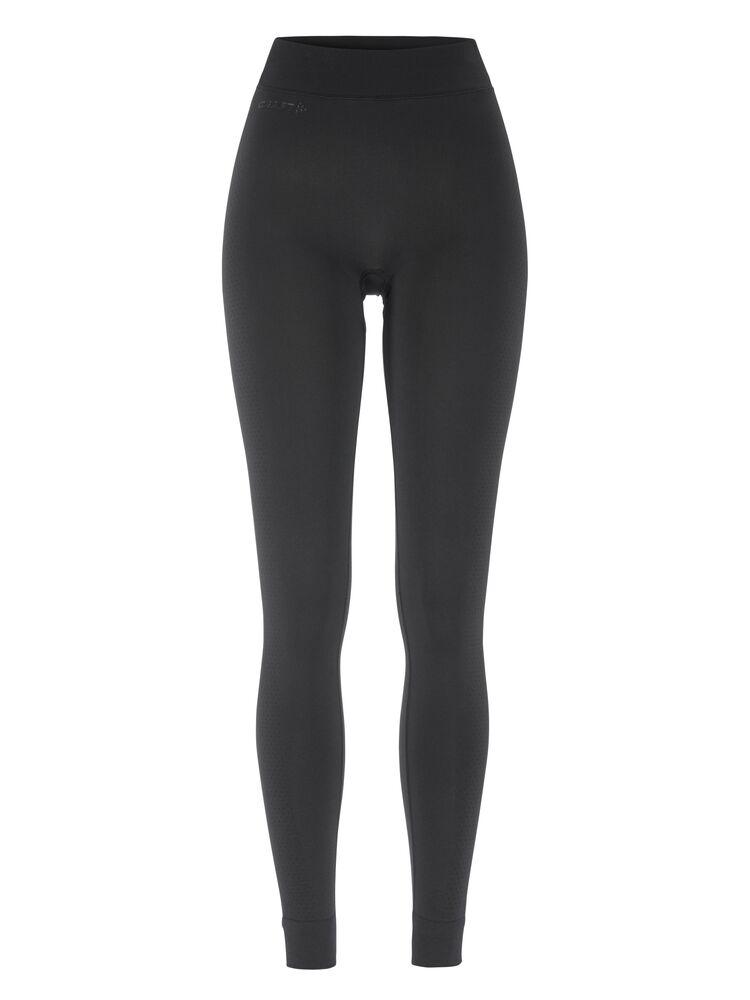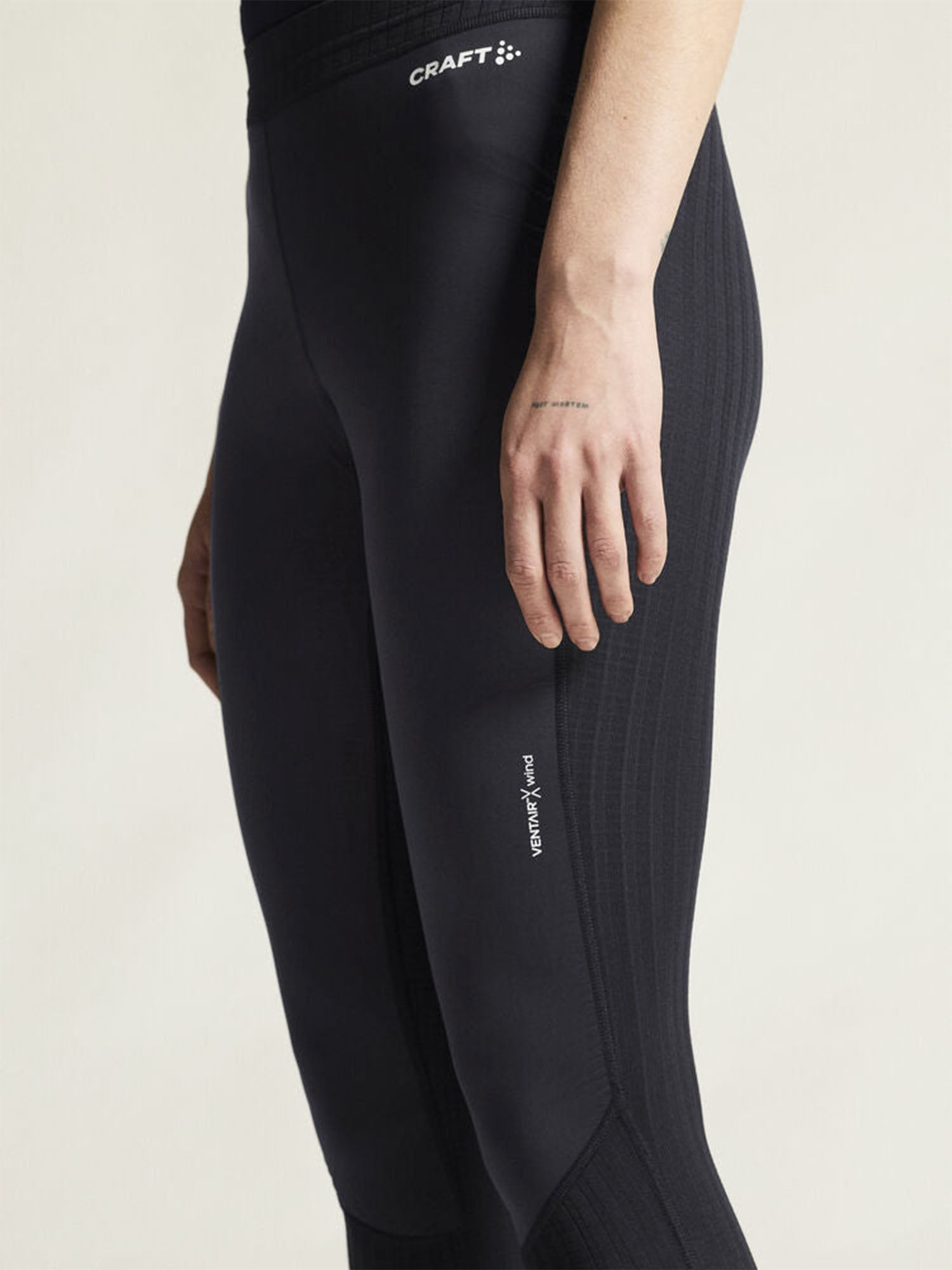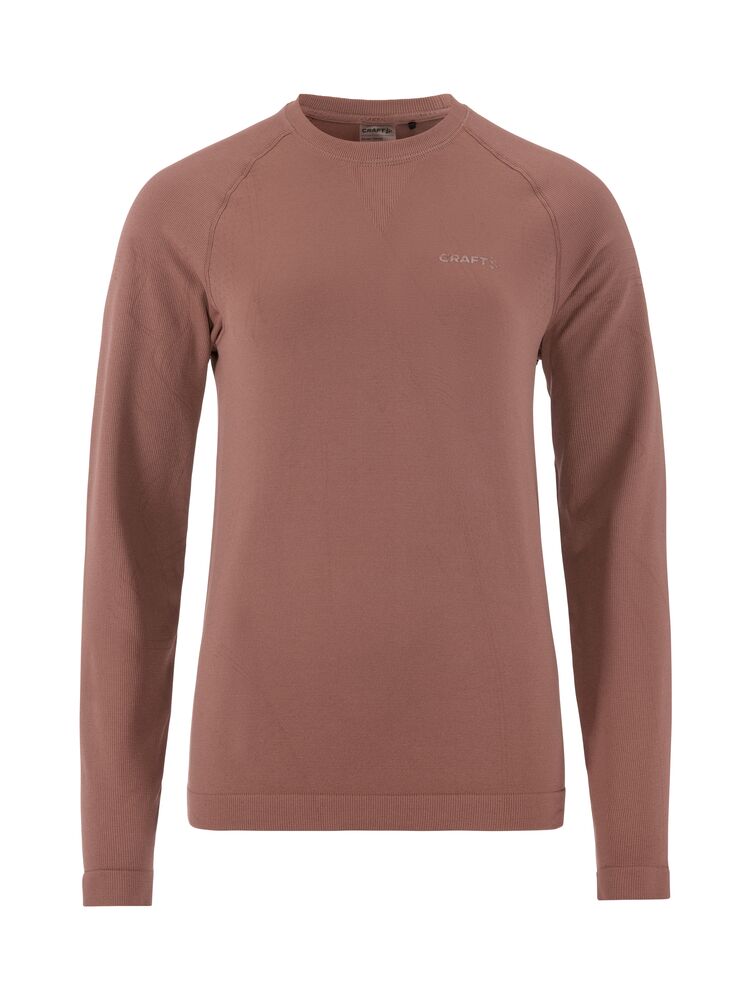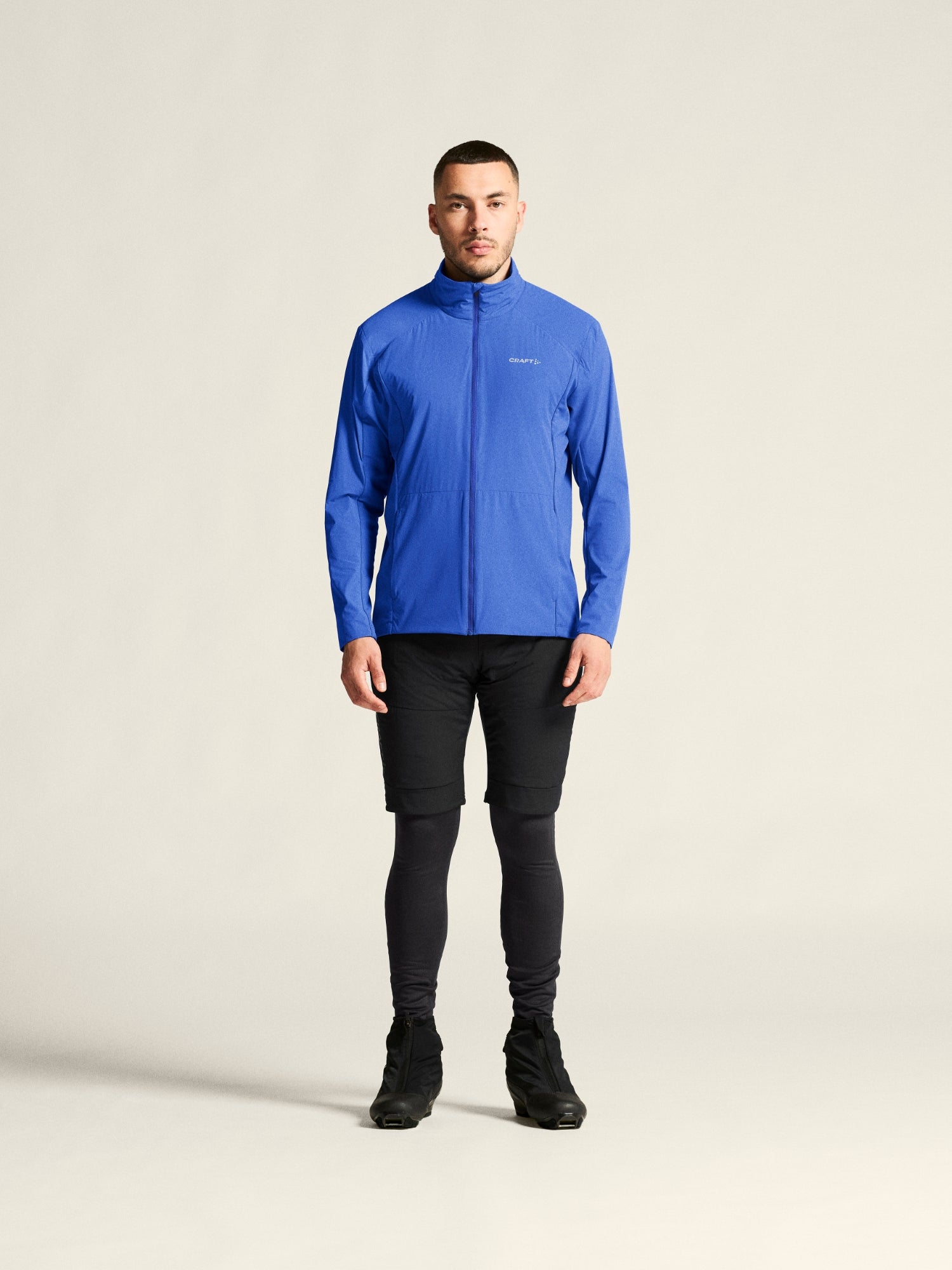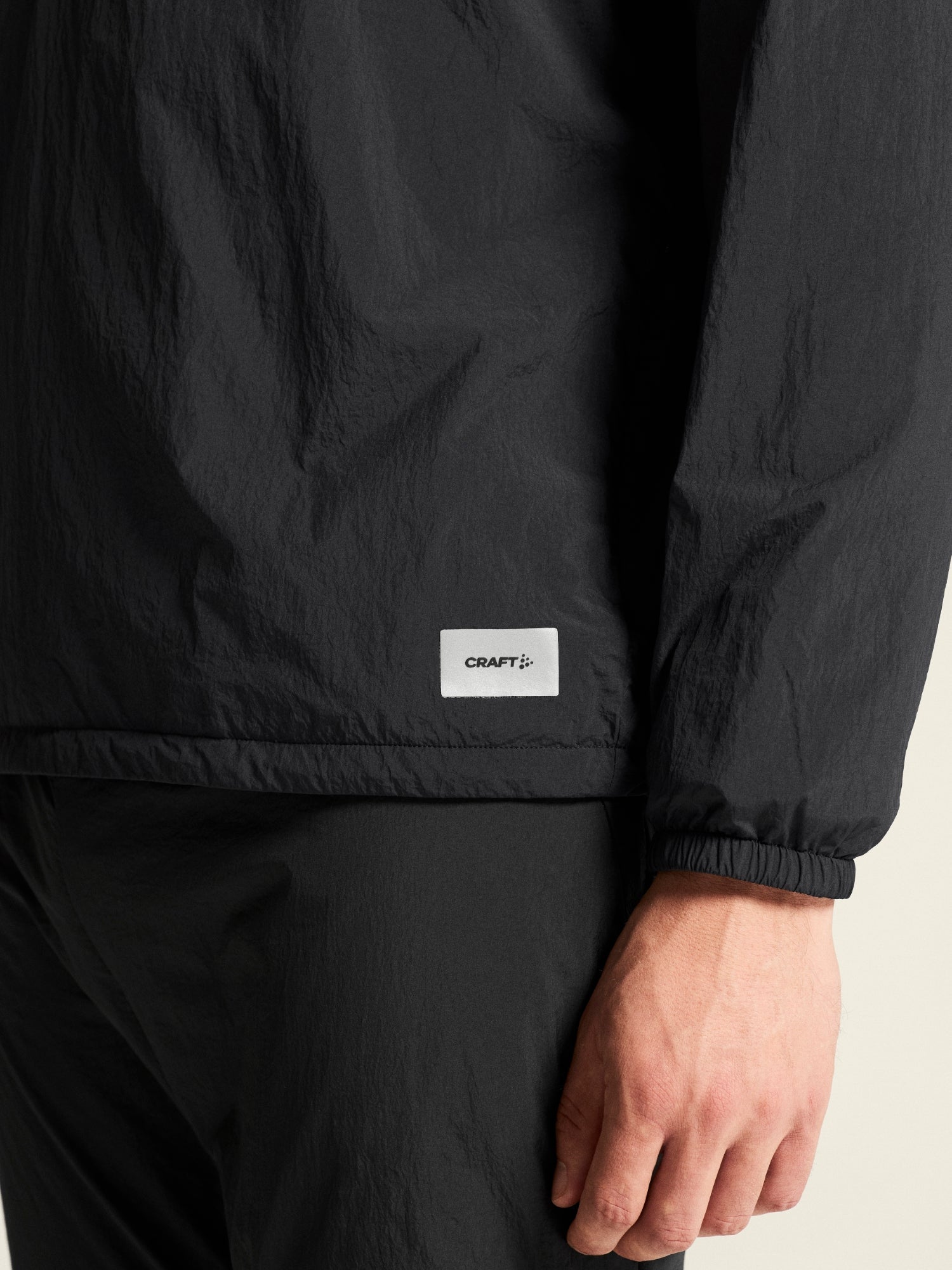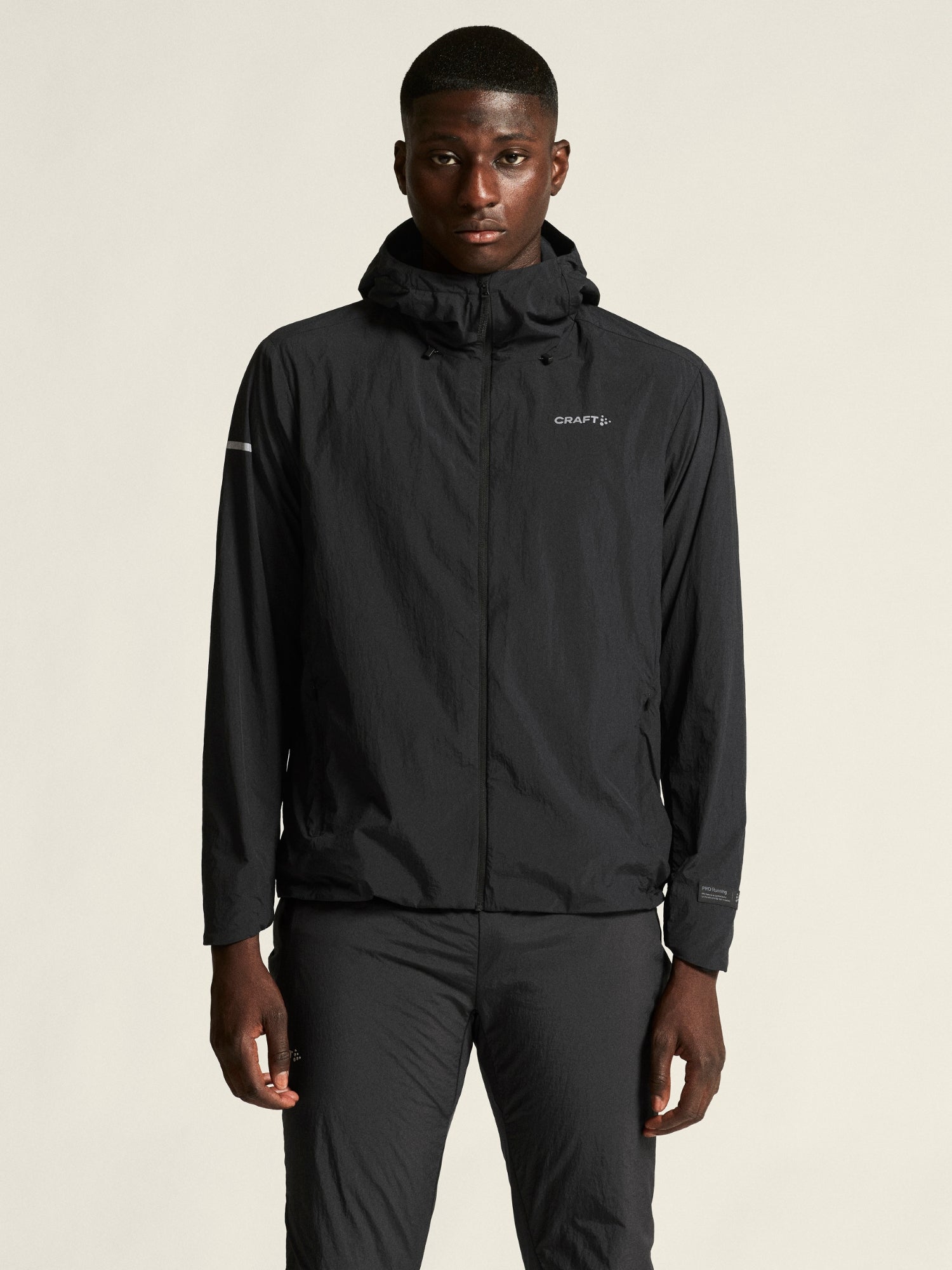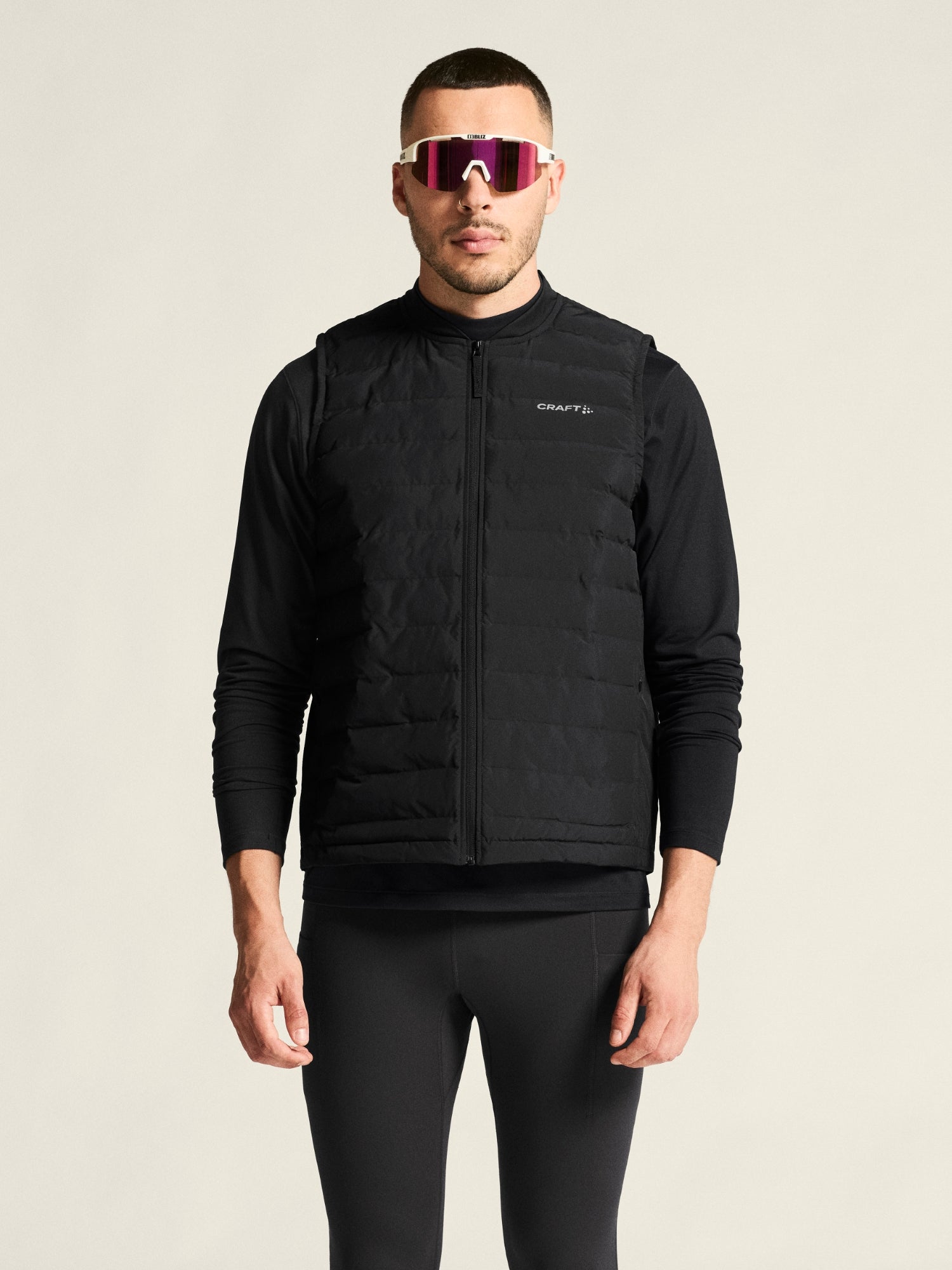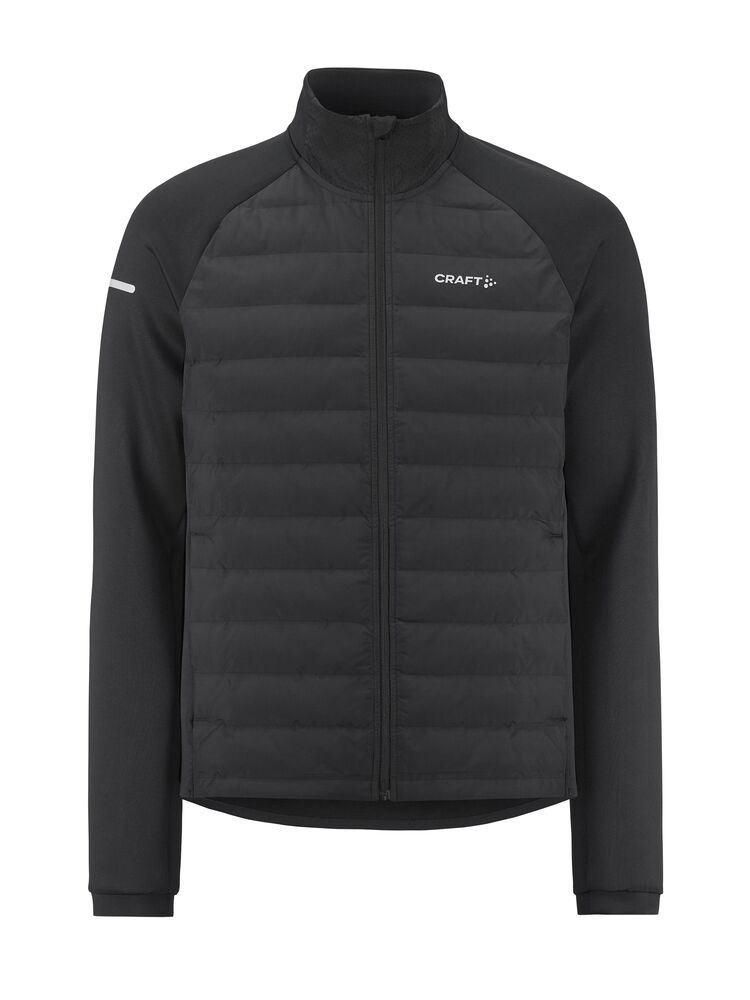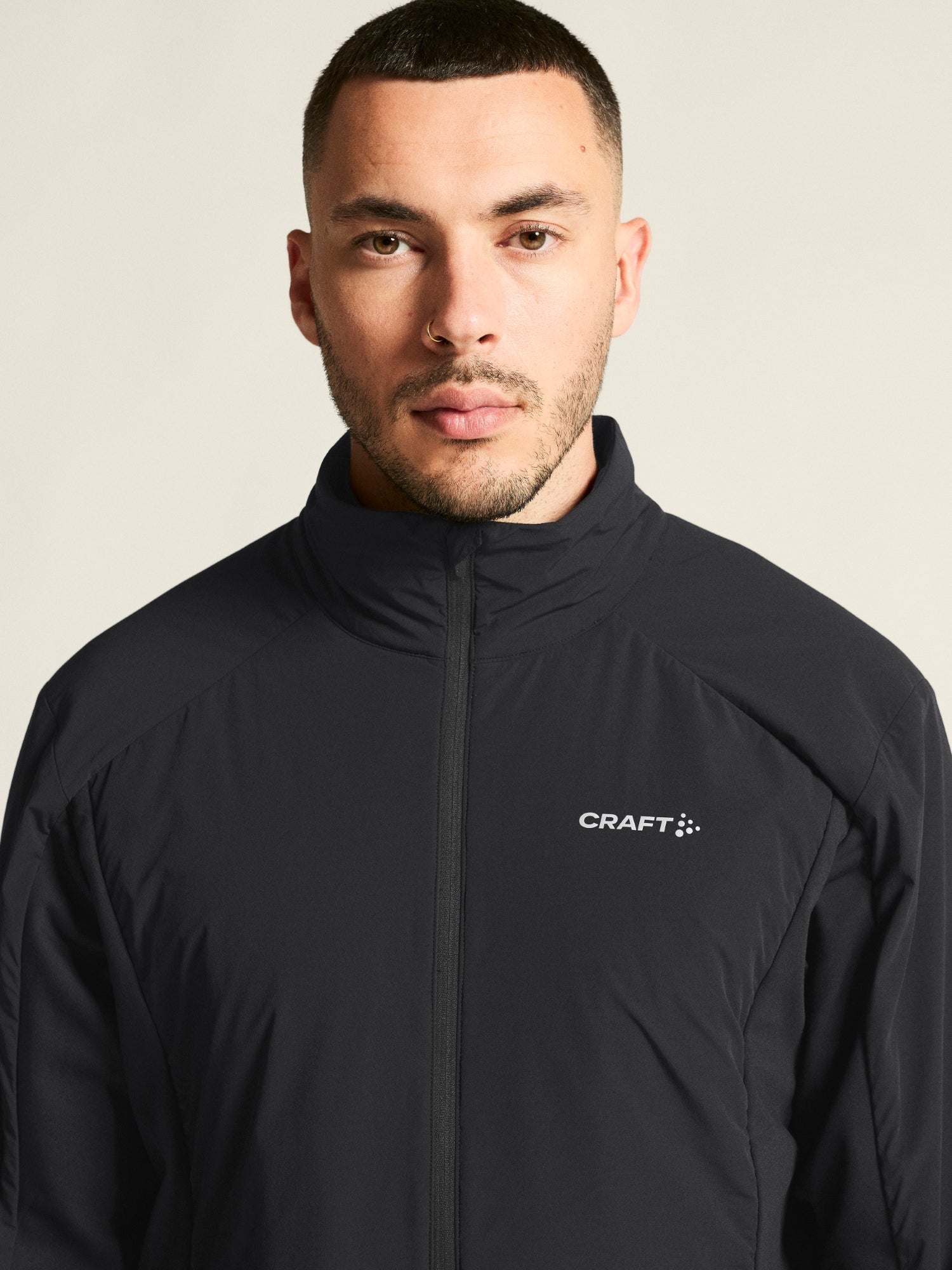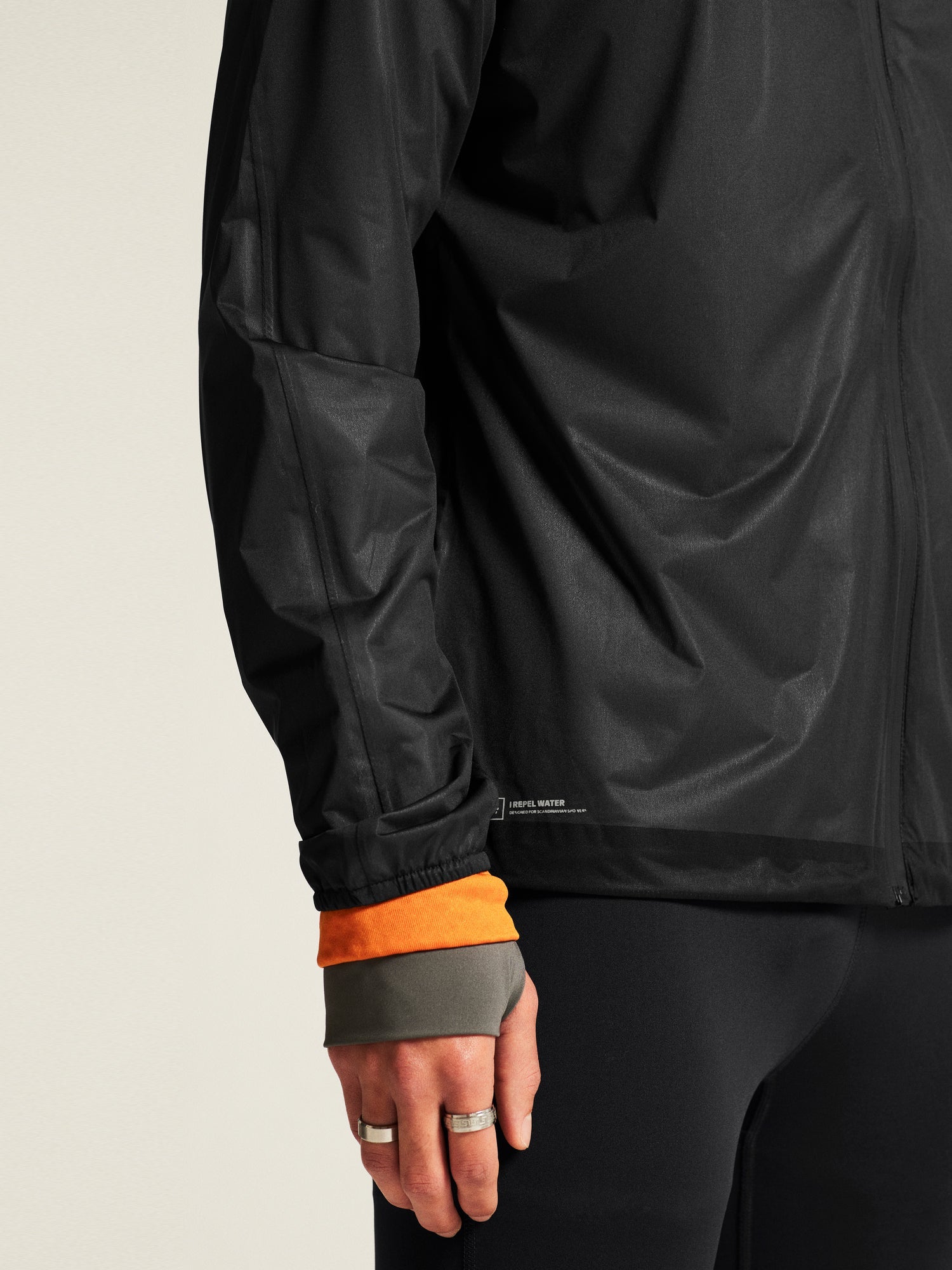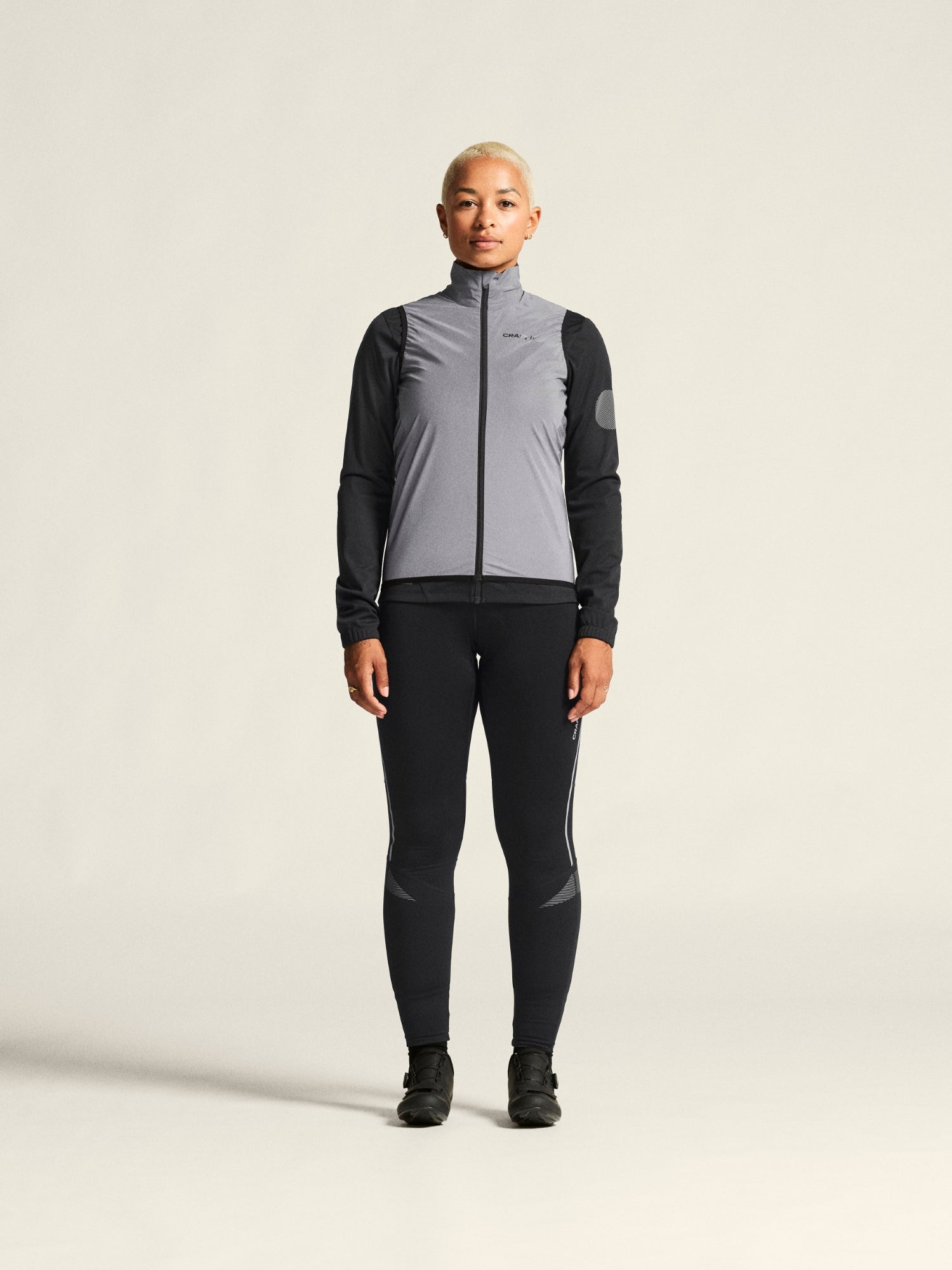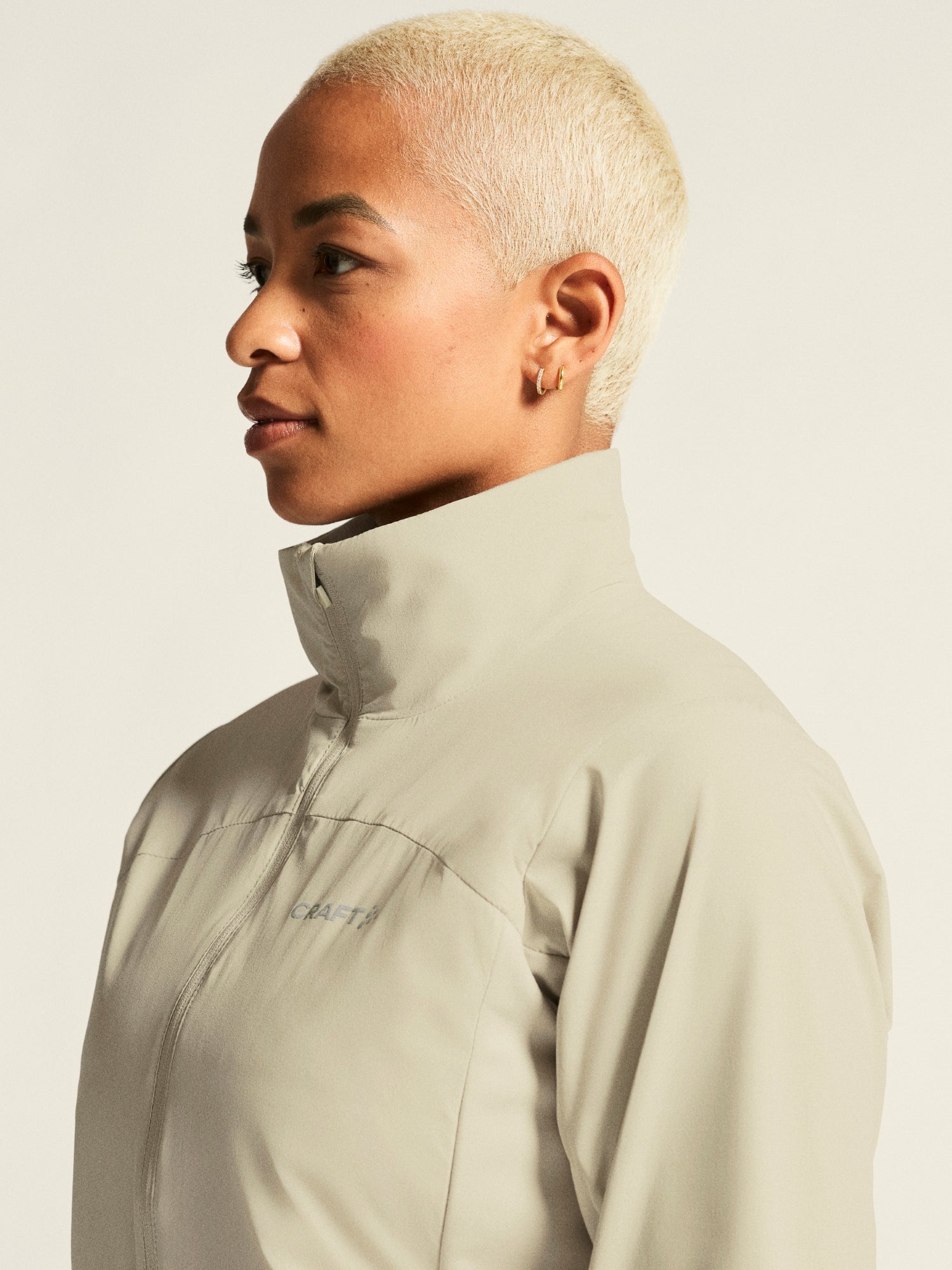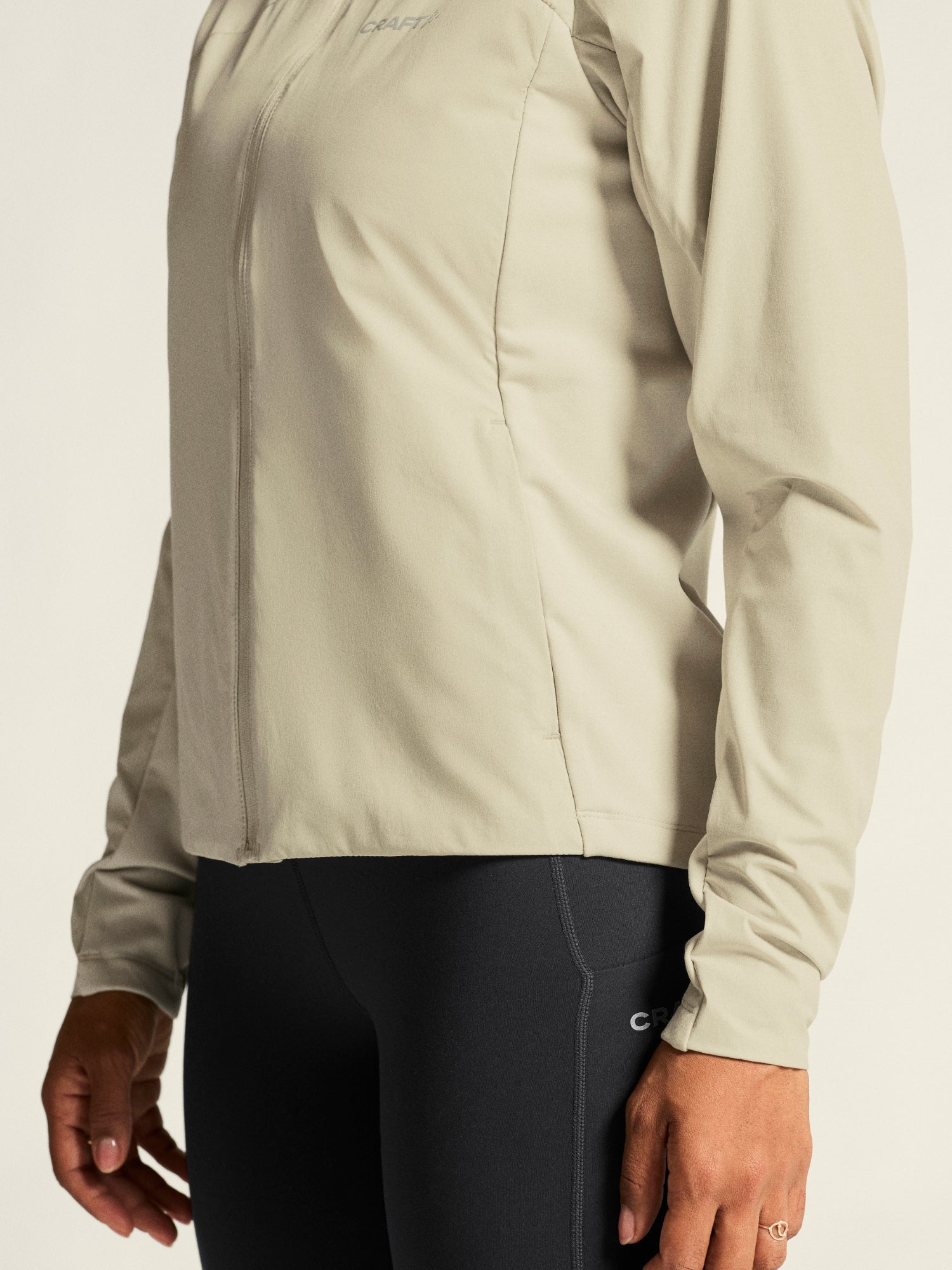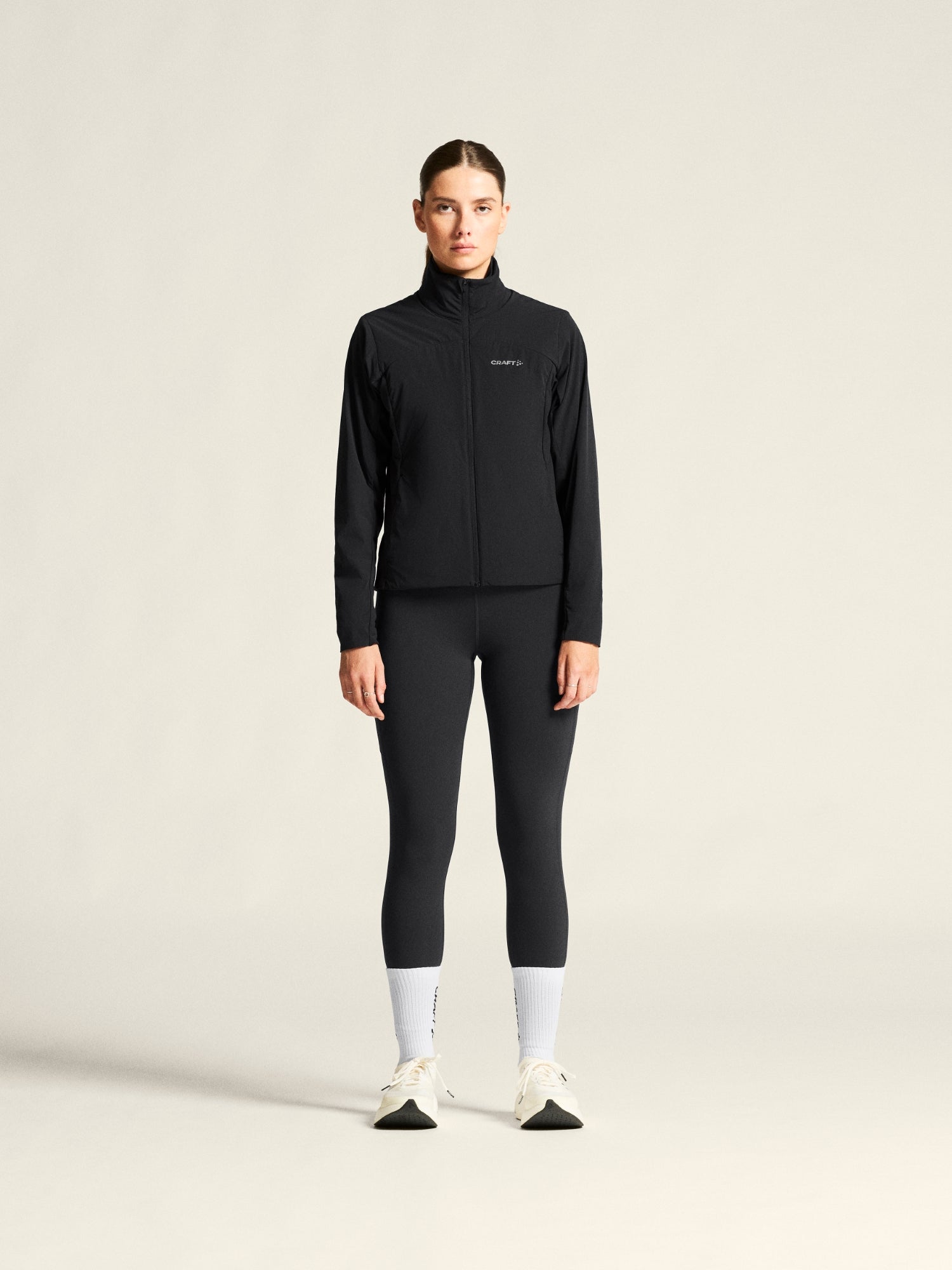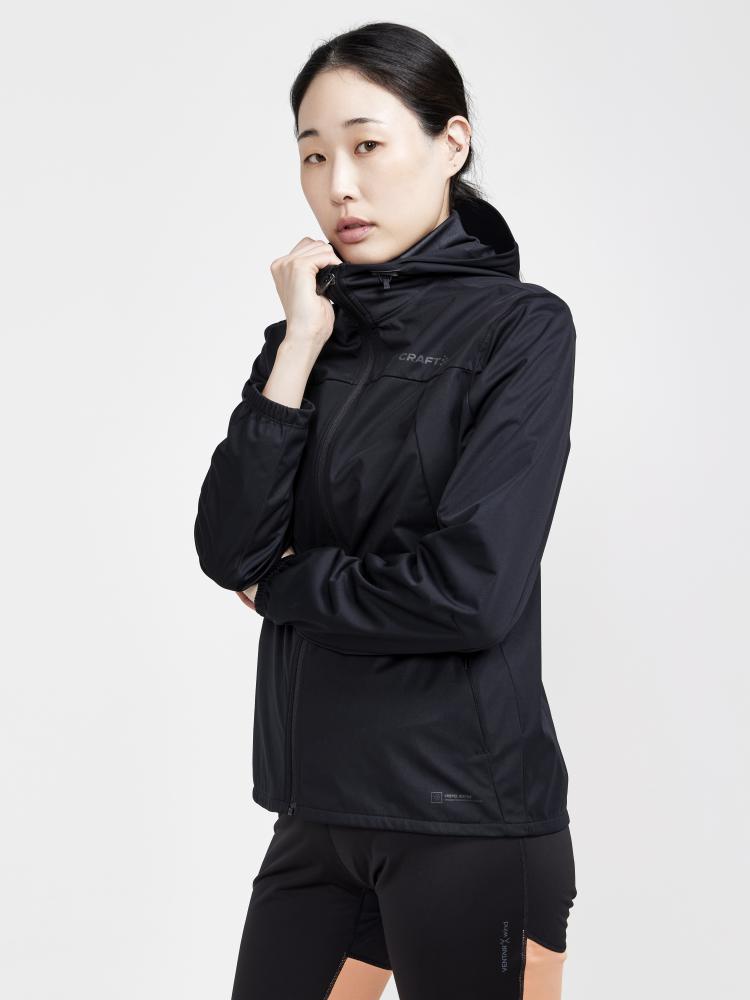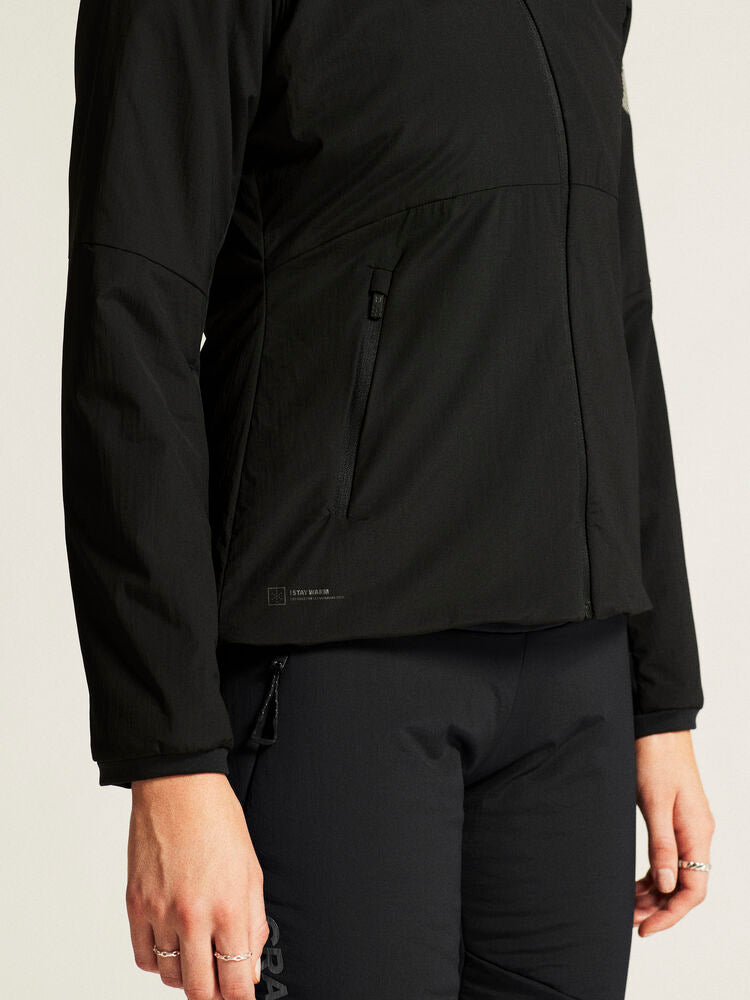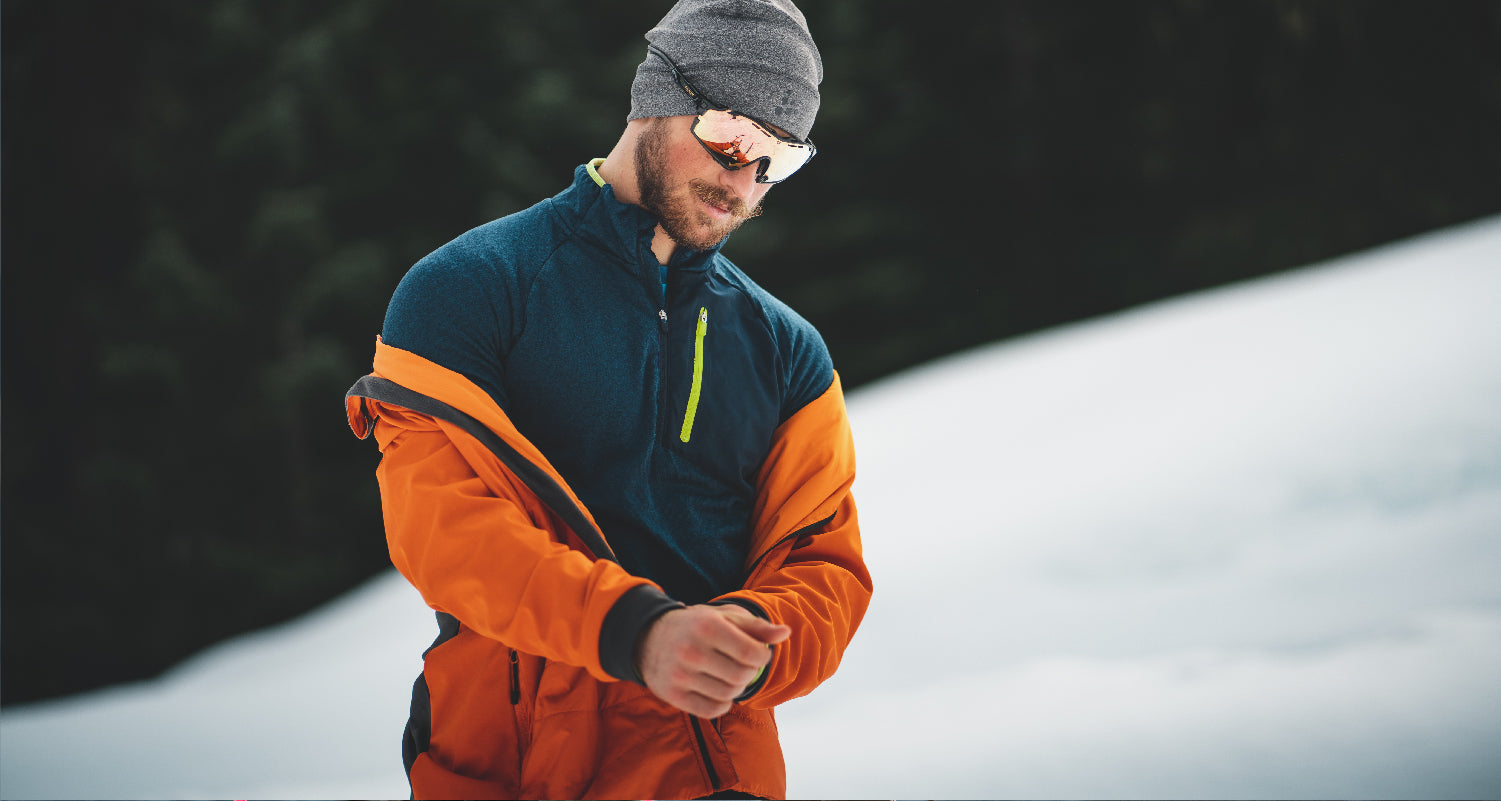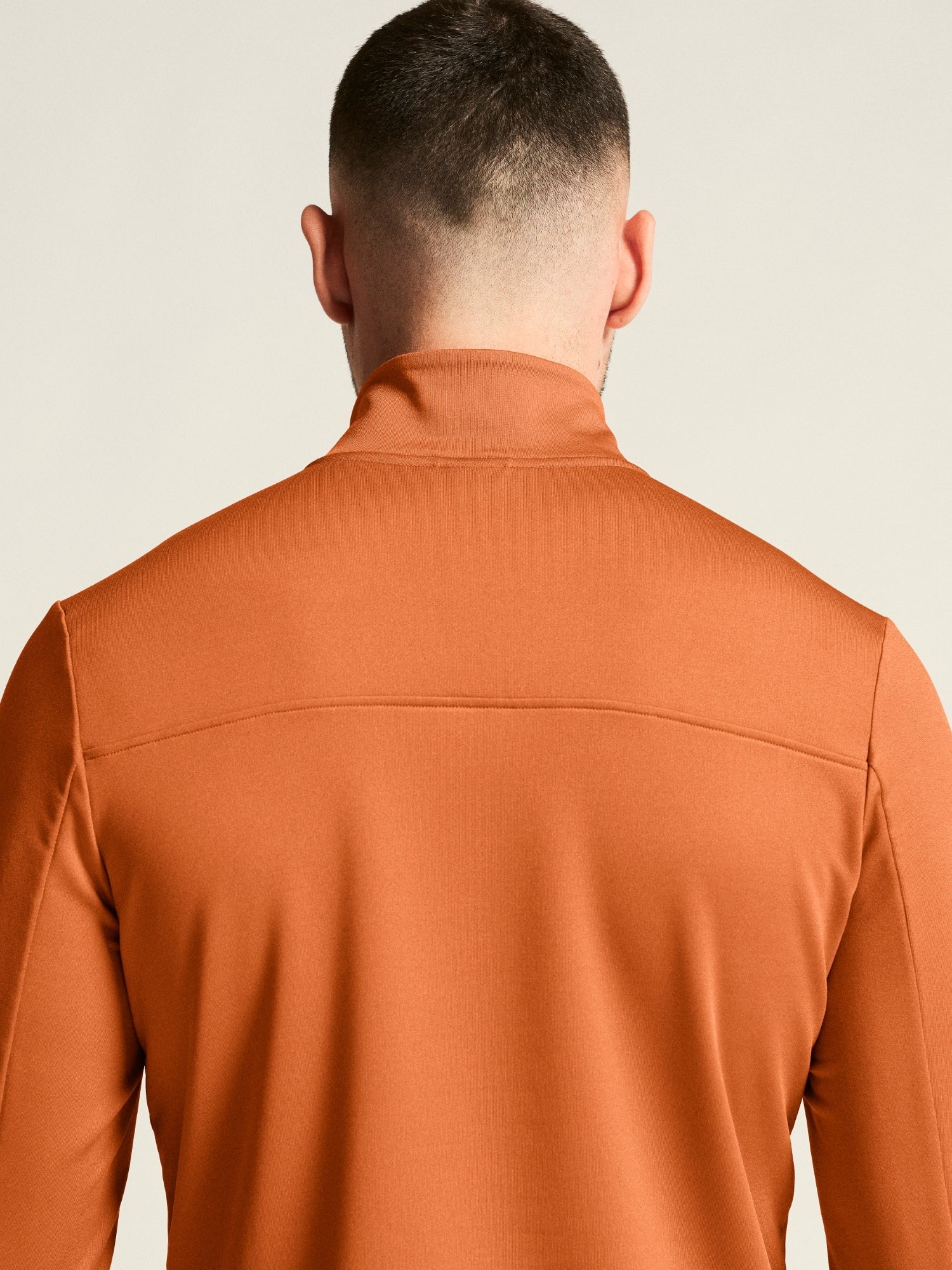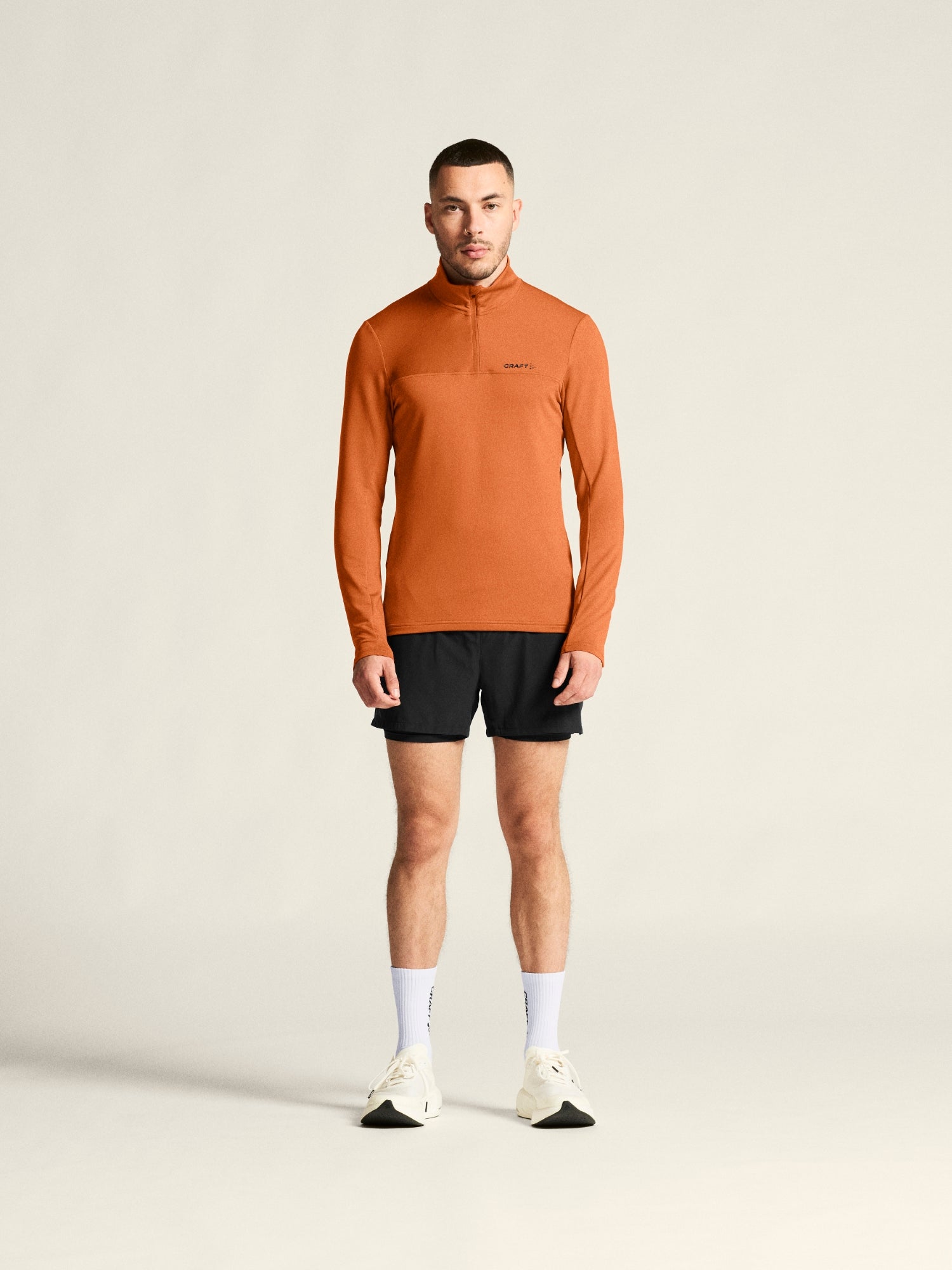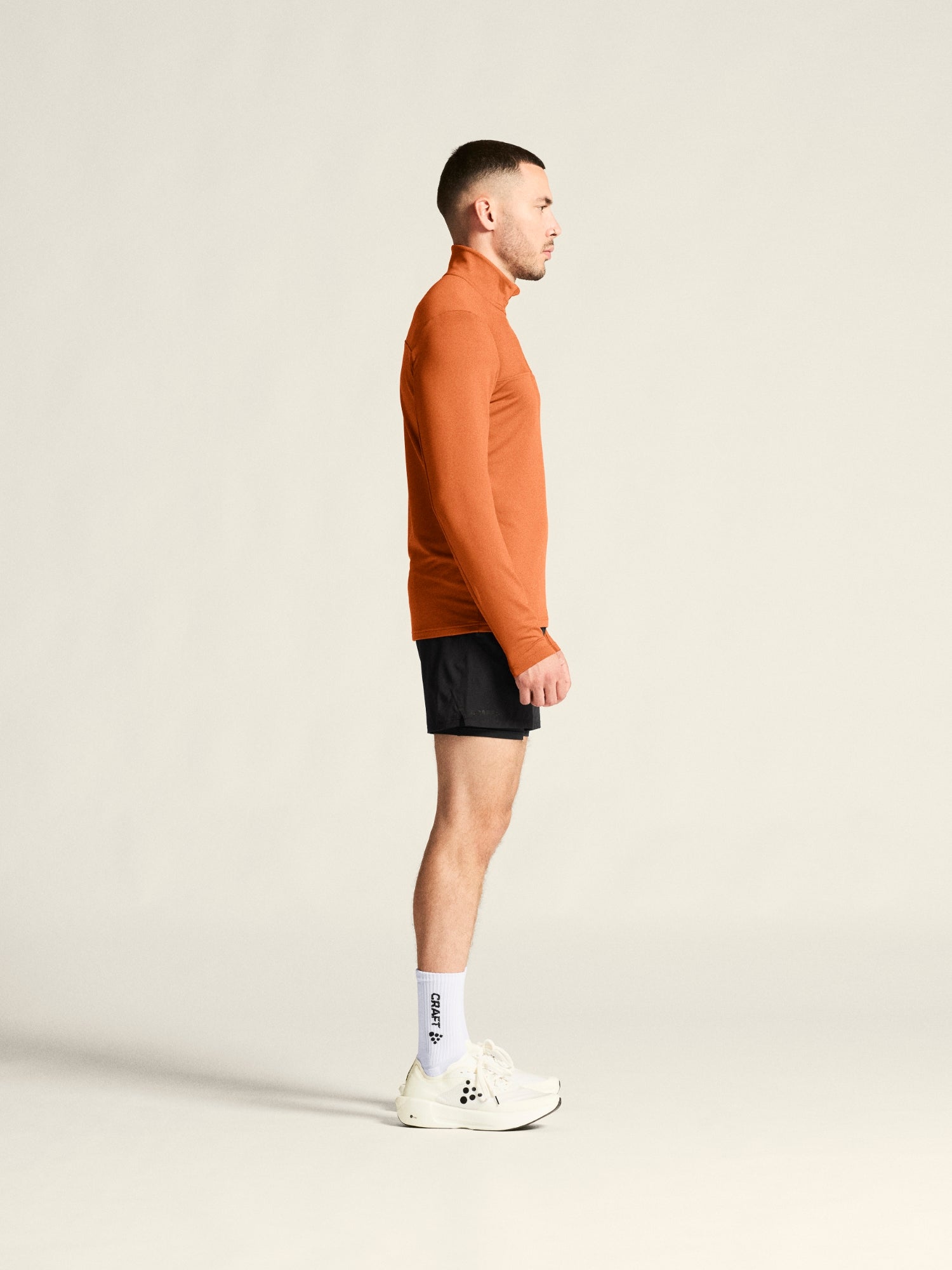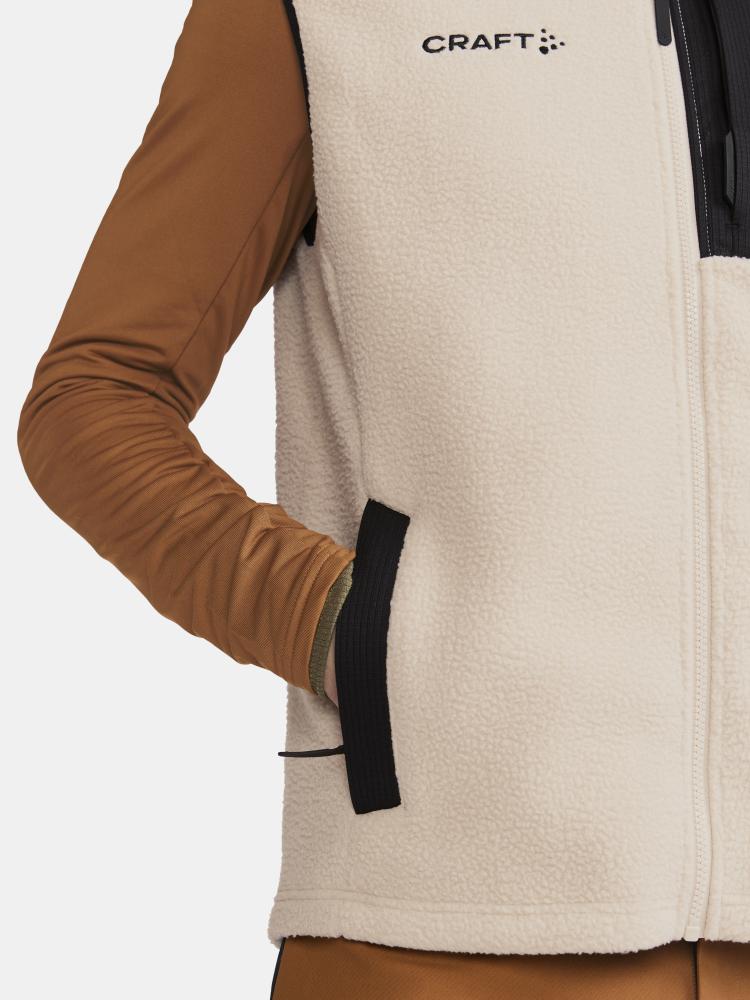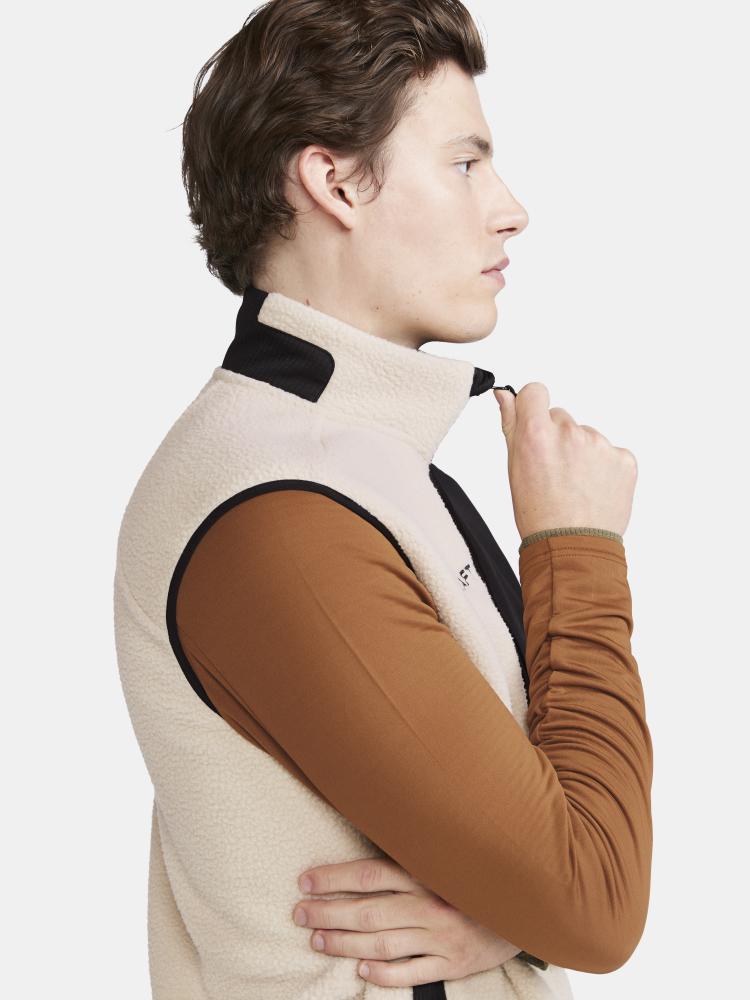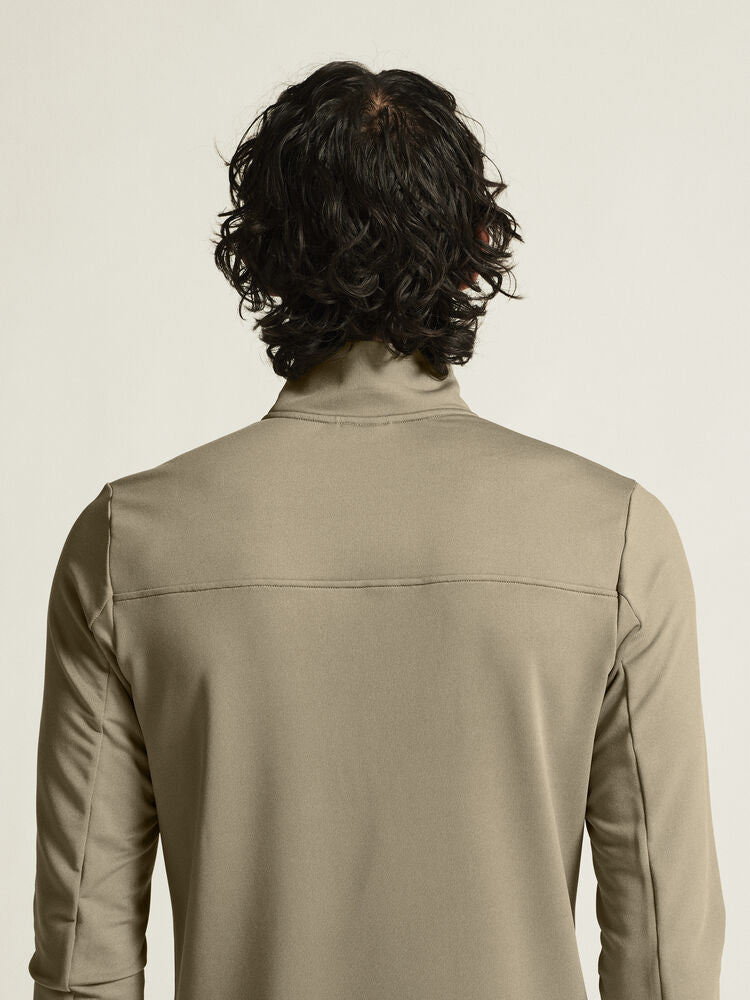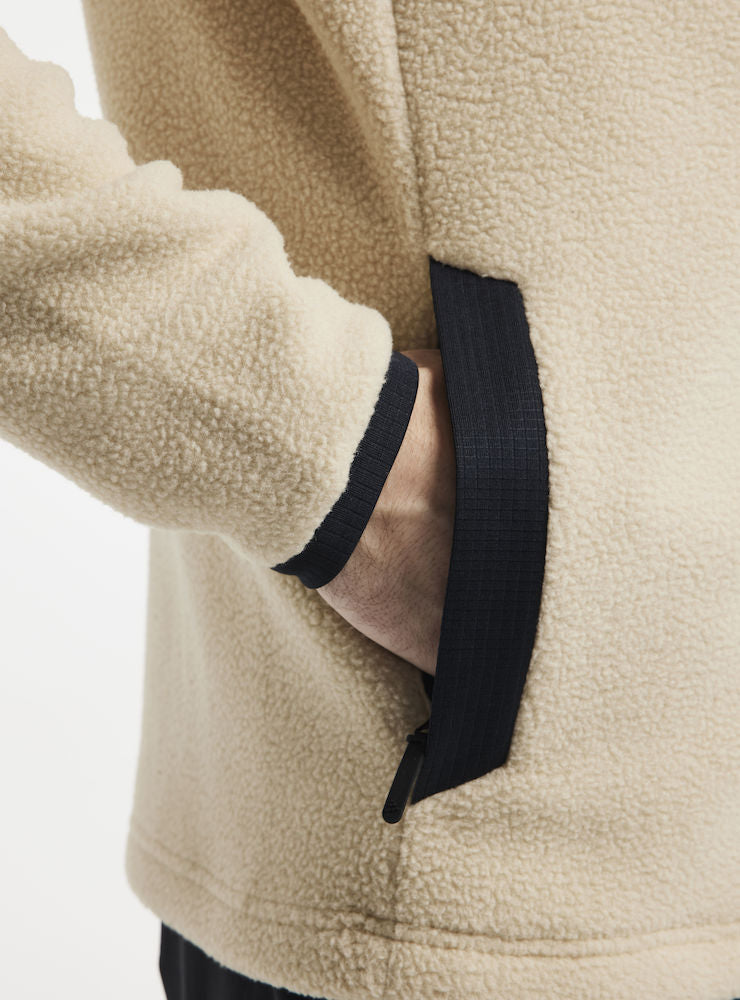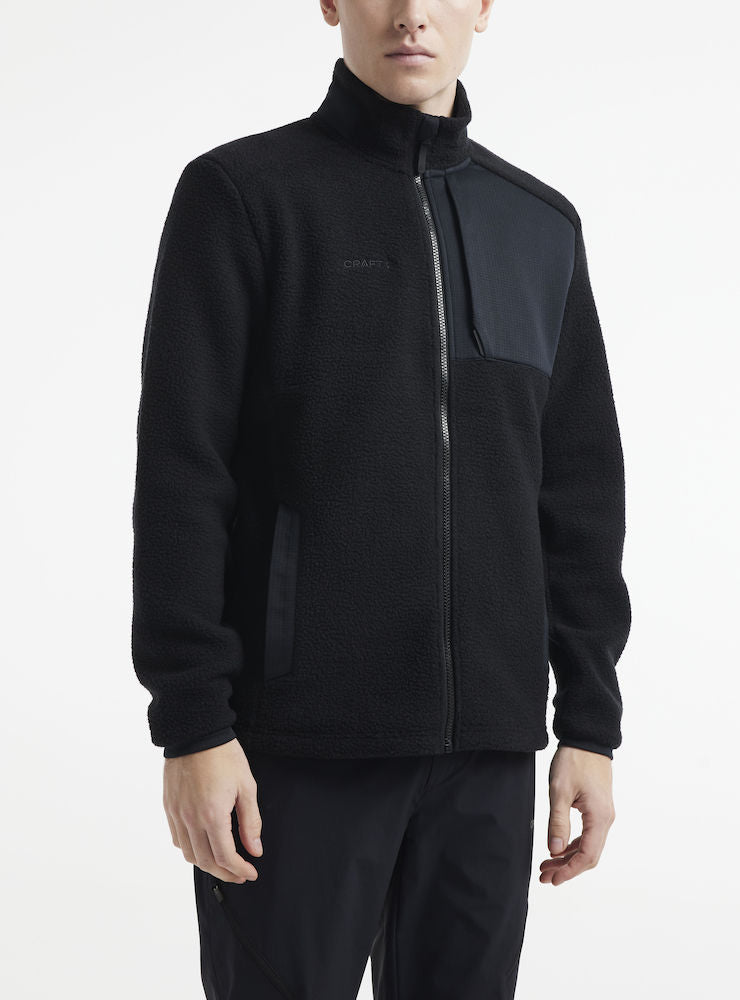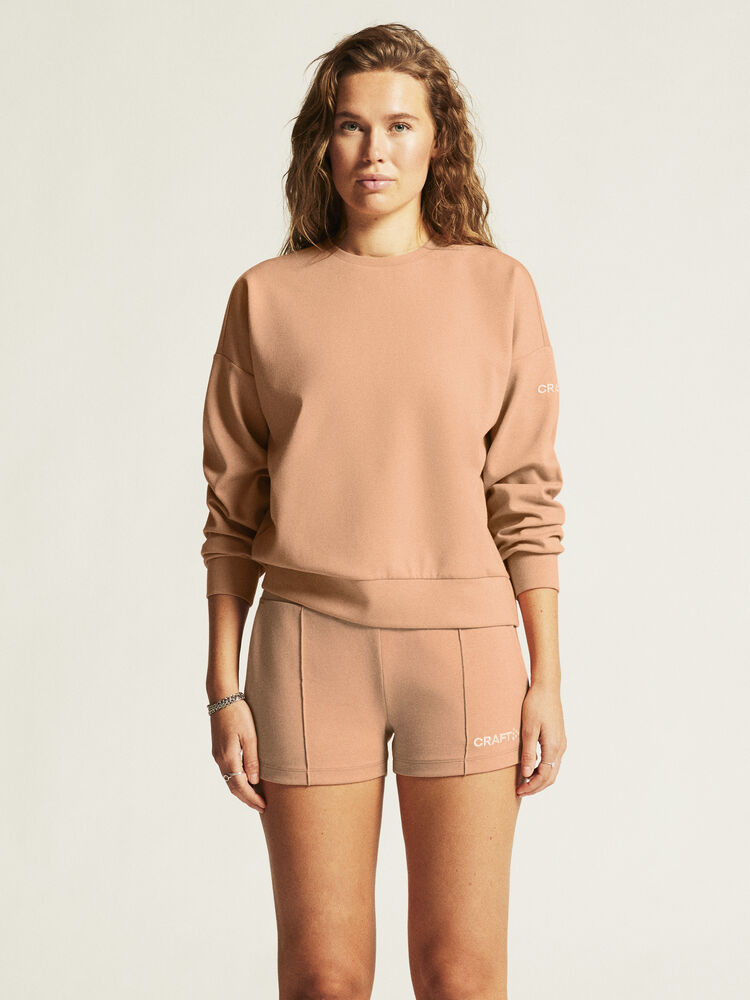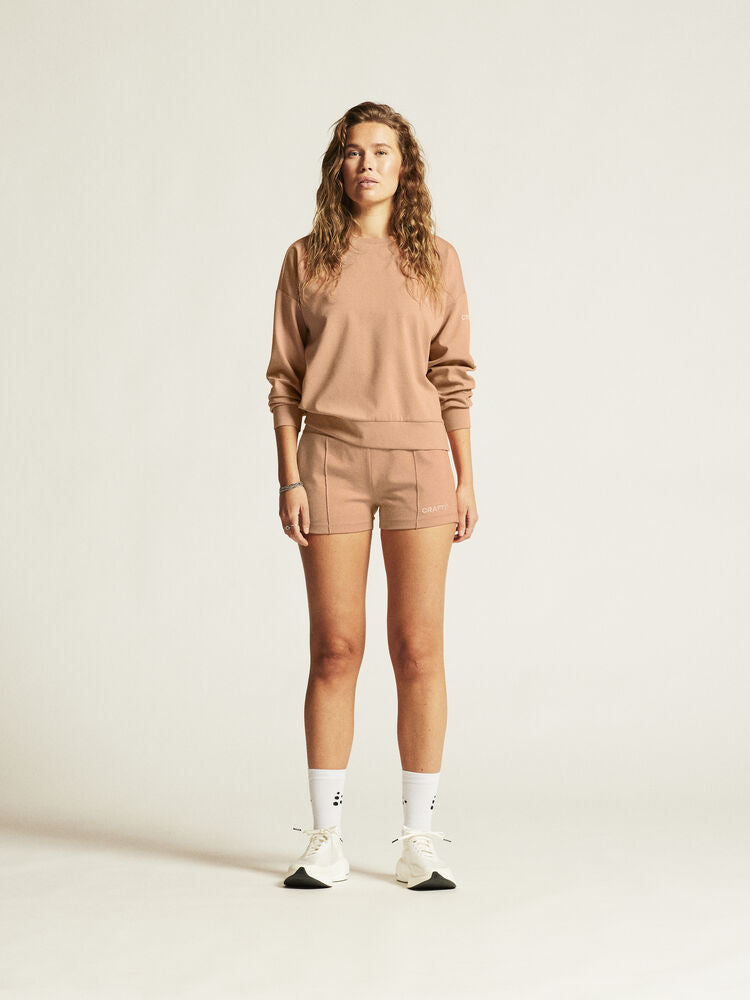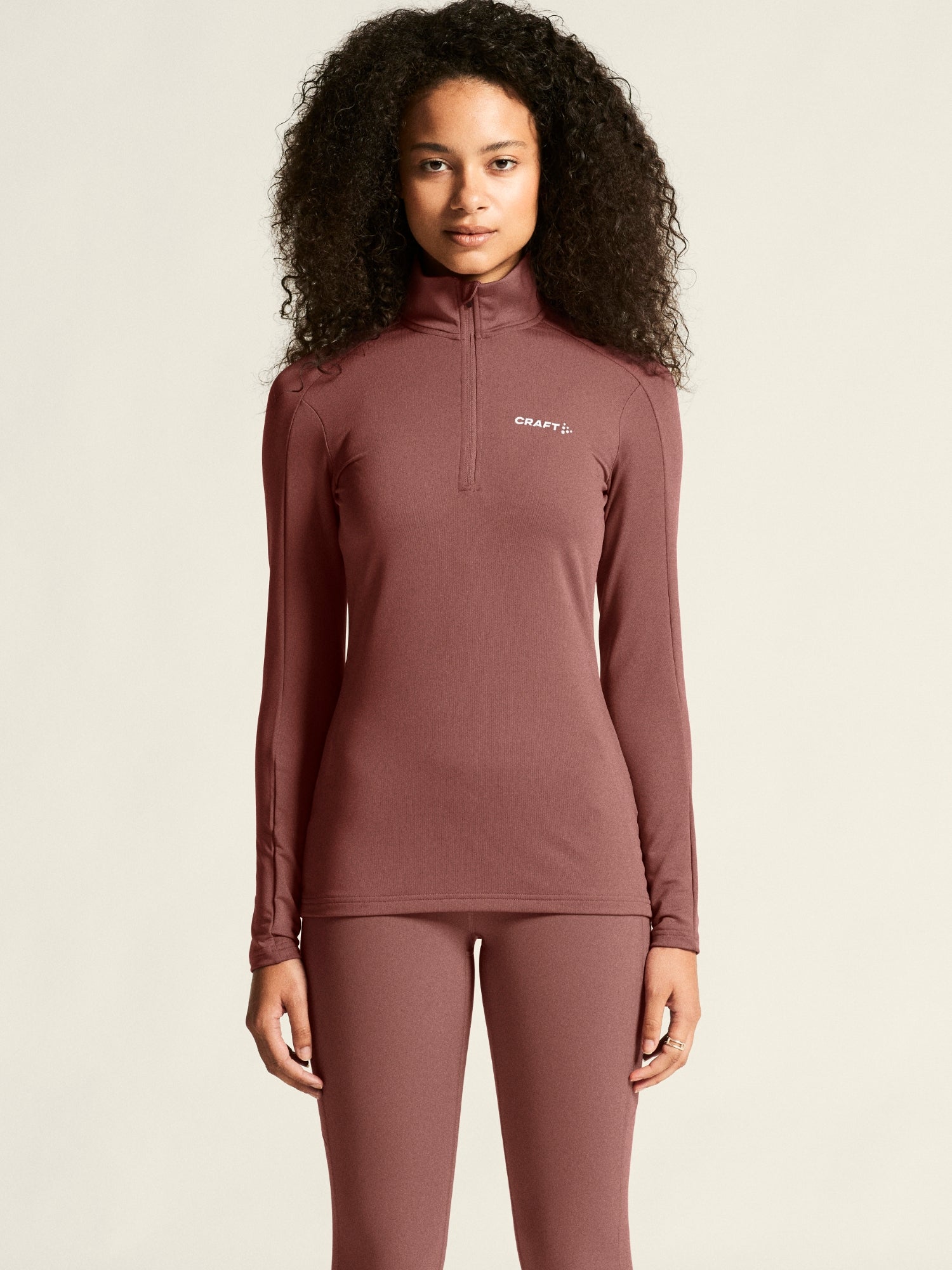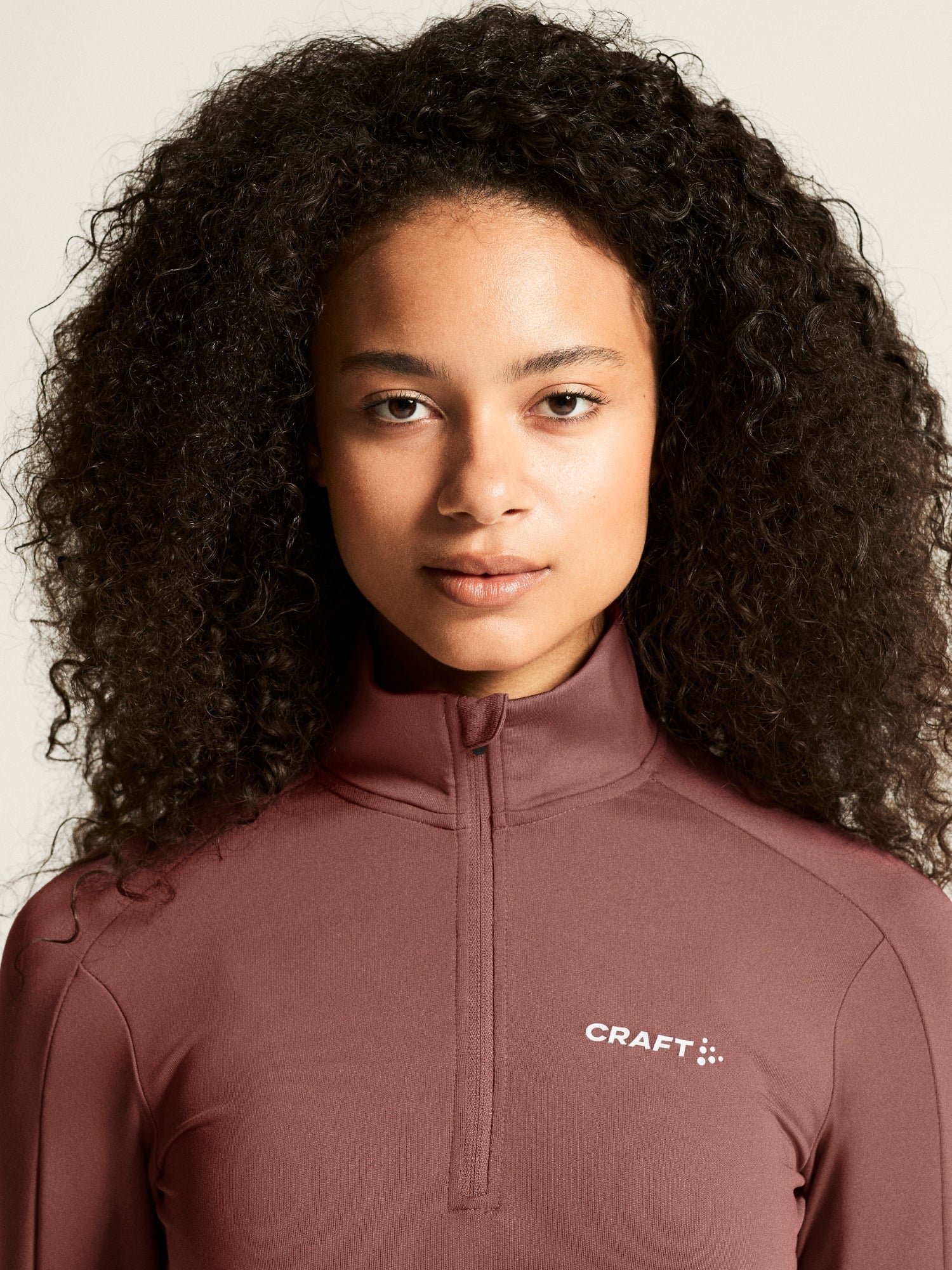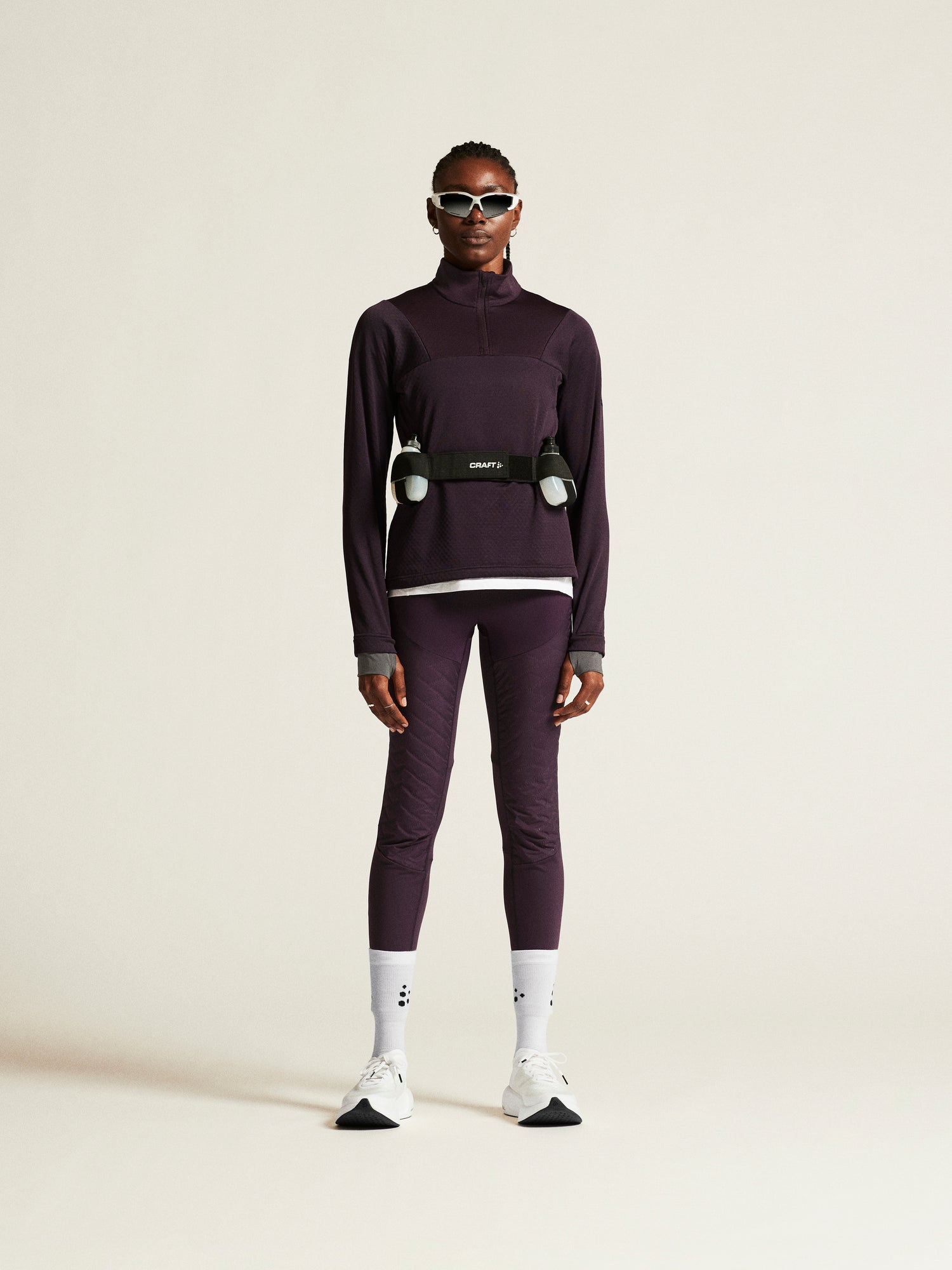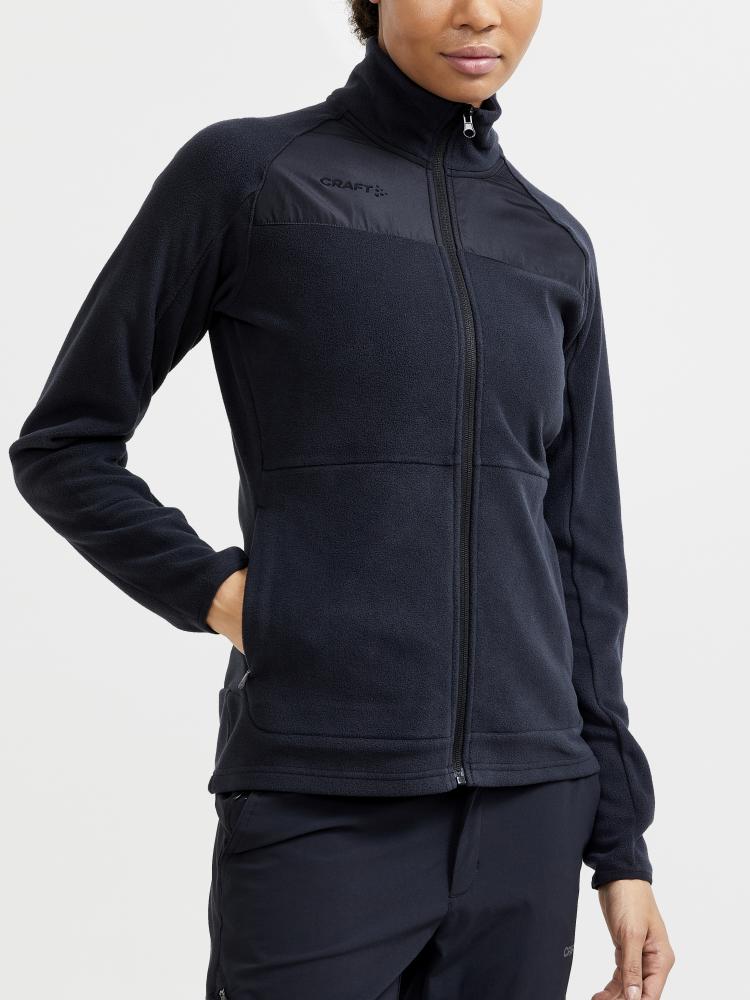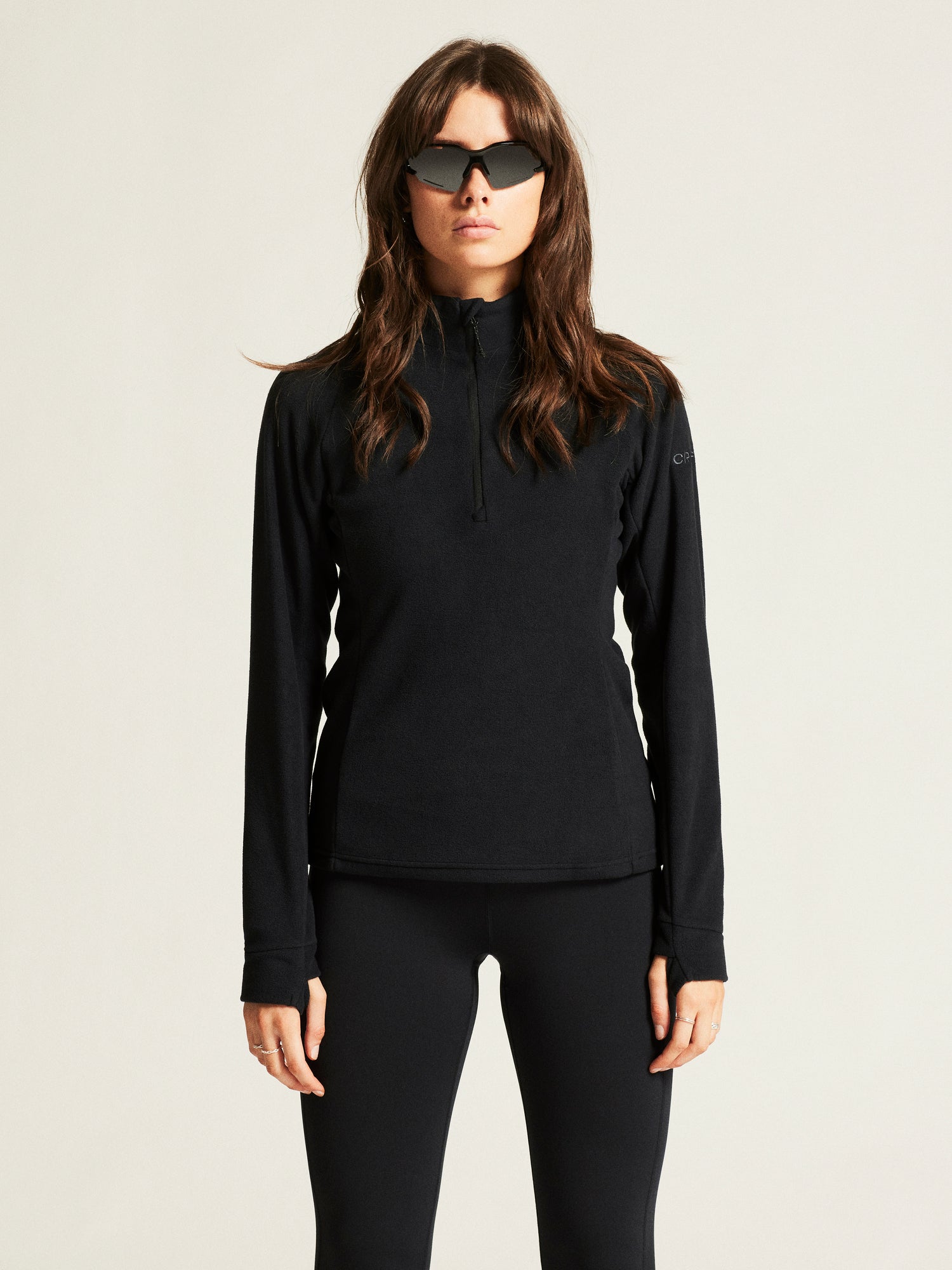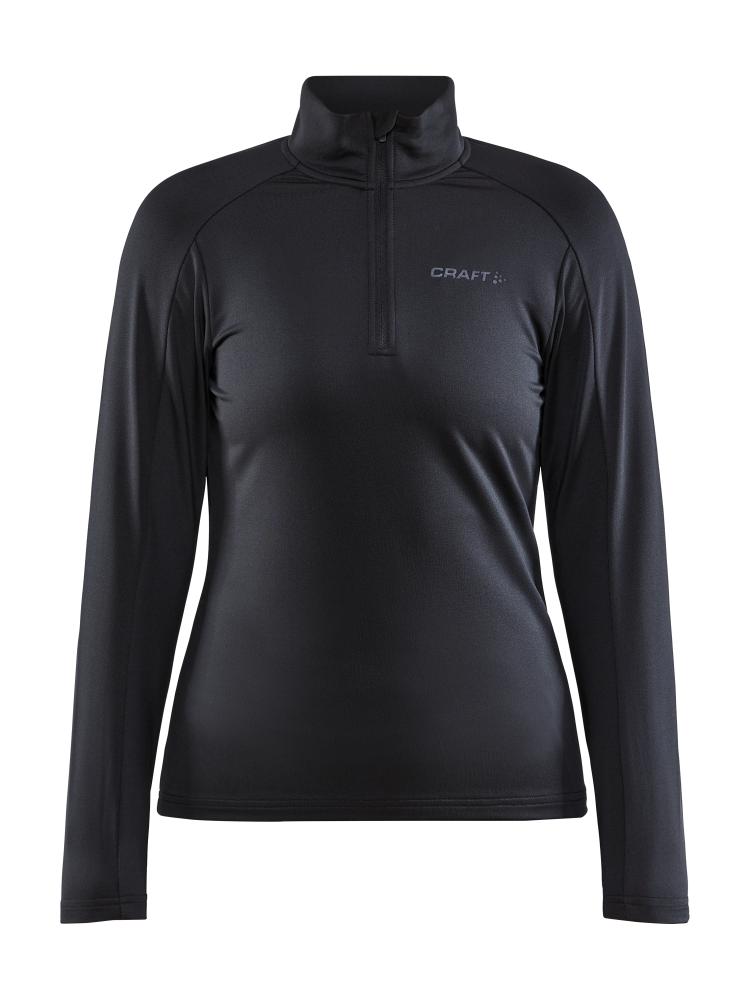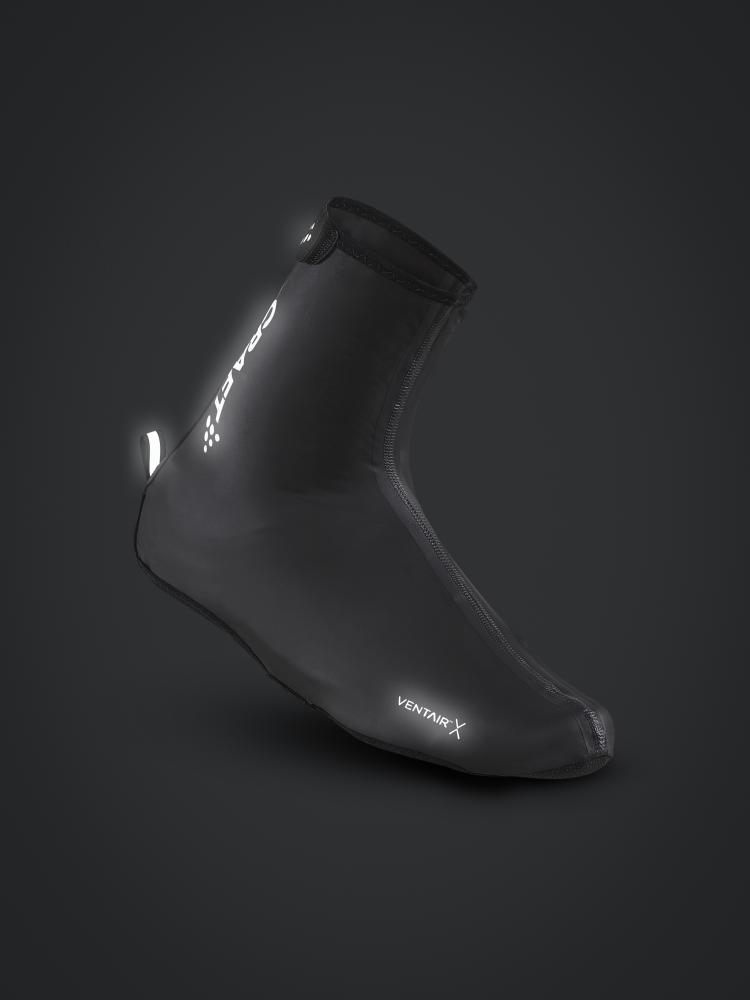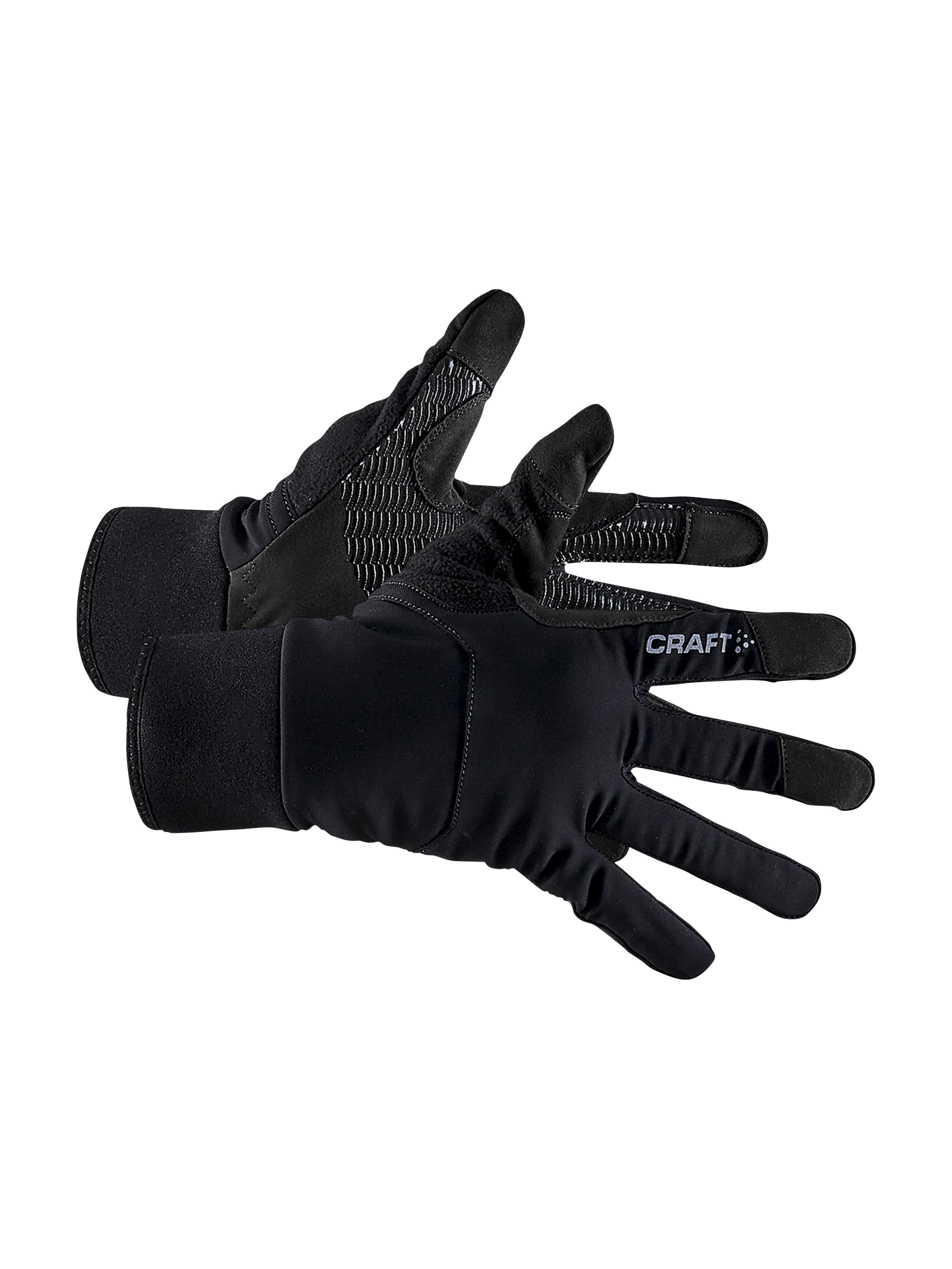Winter running could be one of the most satisfying activities. The running itself is usually great, running on soft, silent snow in temperatures that help you stay cool. This kind of running is often free from stress, allowing you to run at a comfortable pace and steadily build your mileage for the spring and summer season.
However, to fully enjoy running during the winter it’s important to dress properly. Our general clothing guide for running applies also to the winter season, but during the cold months there are some things you should pay extra attention to.
During the winter, it’s easy to be fooled by the low temperatures and dress too warm to avoid freezing. As a result, many runners wear clothes suitable for the first 10 minutes of the training session. But instead you should do the opposite. Dress to optimize comfort during the second half of the workout.
Ideally, you should freeze a little in the beginning, even if it’s unpleasant. After just a few minutes running, you will soon be warm again.
- Men's Baselayers
- Women's Baselayers
To protect against low temperatures and cold wind, wear a lightweight windproof jacket outside the underwear or a vest with a thin padding at front and breathable fabric at the back. The latter outfit provides insulation where you need it the most; that is, on the front of the upper body, while effectively cooling you down on the arms for optimal working temperature. In addition, you get great freedom of movement.
For the legs there are several different types of tights to choose from. The most common styles are thin, plain tights as well as brushed tights for colder temperatures. Do not choose tights that are too warm, keep in mind that you should freeze at the start of your workout. If you freeze easily, a great option is to choose a pair of thin tights and wear a pair of shorts on the outside. Then you get extra insulation in the areas most sensitive to cold while maintaining great freedom of movement as well as ventilation at the lower legs.
- Men's Jackets and Bottoms
- Women's Jackets and Bottoms
Remember that it’s always better to buy thinner clothes and wear multiple layers. This creates layers of air in between the garments that provide more warmth than one thick garment. And if it gets too hot, you can easily remove a layer. By dressing optimally all the way from the inside out you will stay both cool and dry, allowing you to work out harder and perform better.
But remember: Don’t dress too warm. This is our most important advice regarding how to dress for winter running.
- Men's Midlayers
- Women's Midlayers
A running session often runs through various terrain, along open and windy fields, through dense and quiet forests as well as uphill and downhill. When weather conditions and intensity change, its’ great to be able to use the clothes to quickly and easily adjust body temperature. Hat and gloves in various thicknesses, a vest and a jersey with thumb holes at the cuffs are great garments and accessories for this purpose.
Furthermore, a vest is also a perfect item to use for heat regulation. The vest protects the torso but ventilates the arms and armpits. In addition, you can use the zipper to adjust the ventilation. Another option is to start your run wearing a hat and gloves and then, when you get warm, tuck them away in a pocket or on the inside of your tights/shorts.
A so-called neck tube is also a great garment for regulating body temperature; pull it up to cover your face and ears if it’s cold, pull it down to protect the throat or put it in a pocket if you get too hot. Another good tip is to roll up the shirt or jacket sleeves at the wrists (where there are many superficial blood vessels) in order to quickly cool down.



